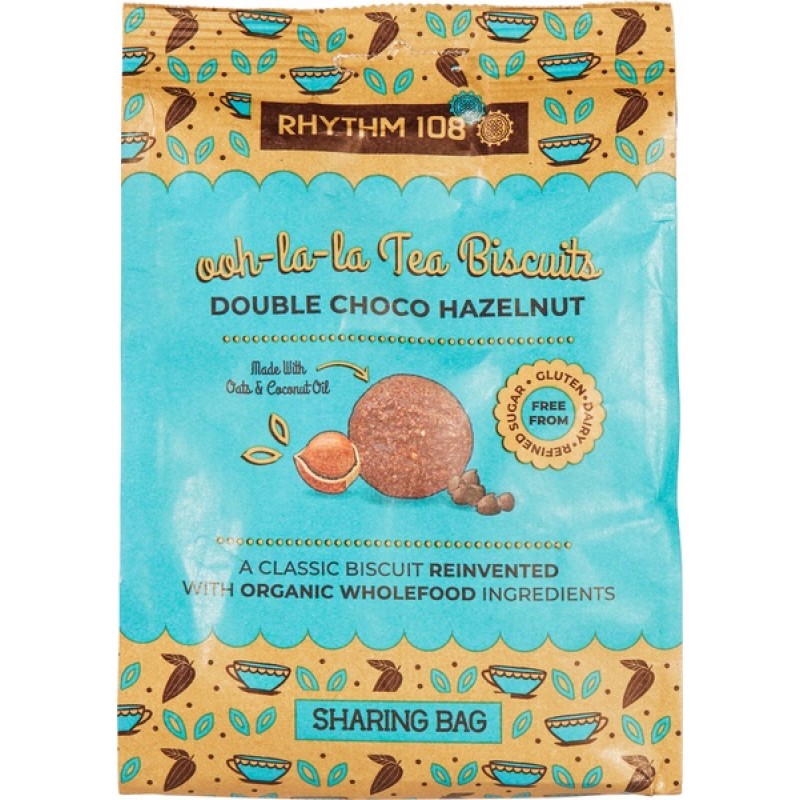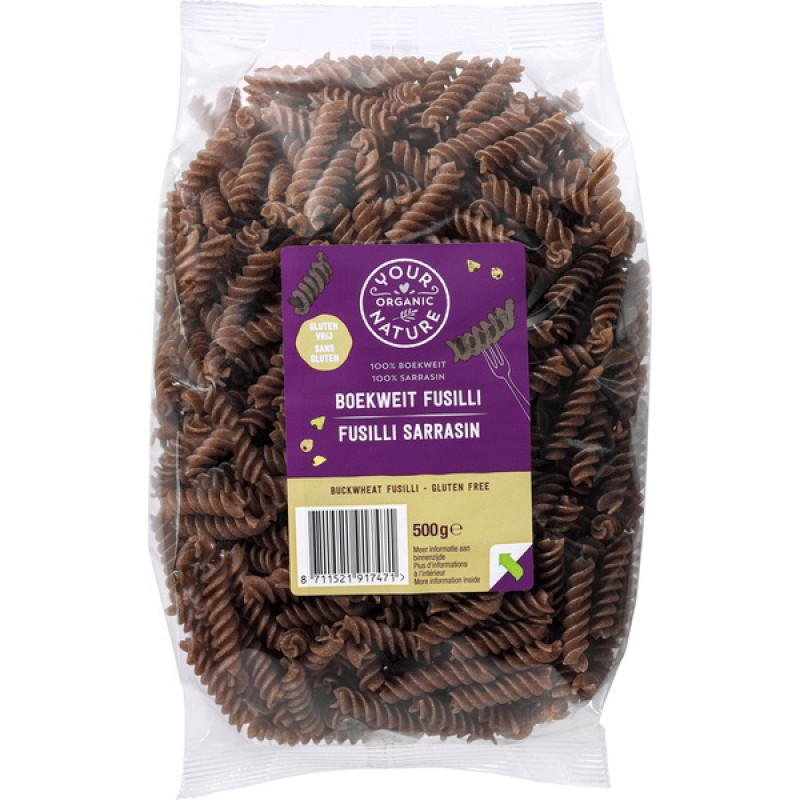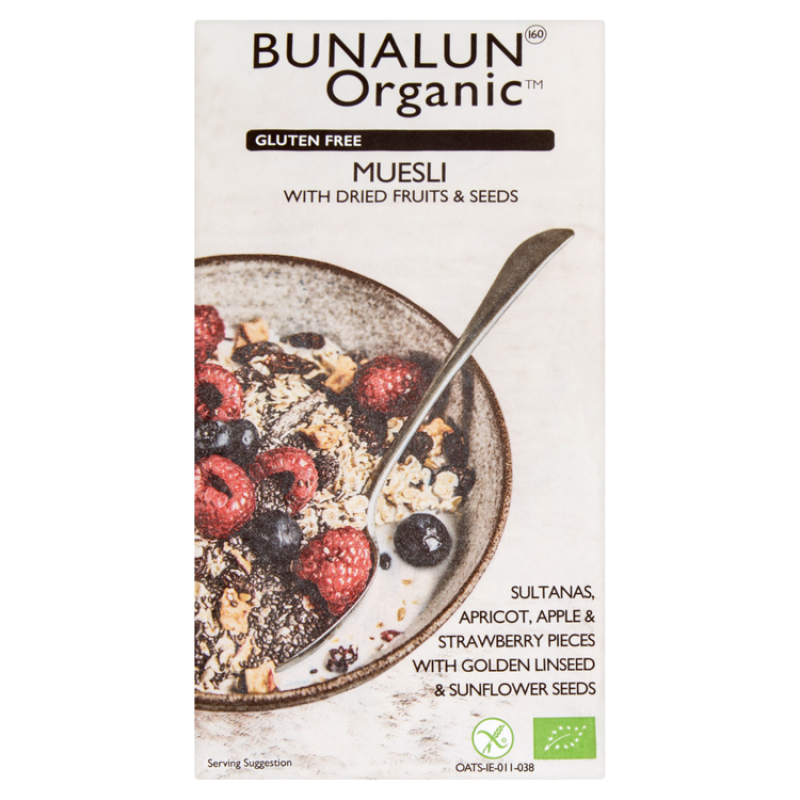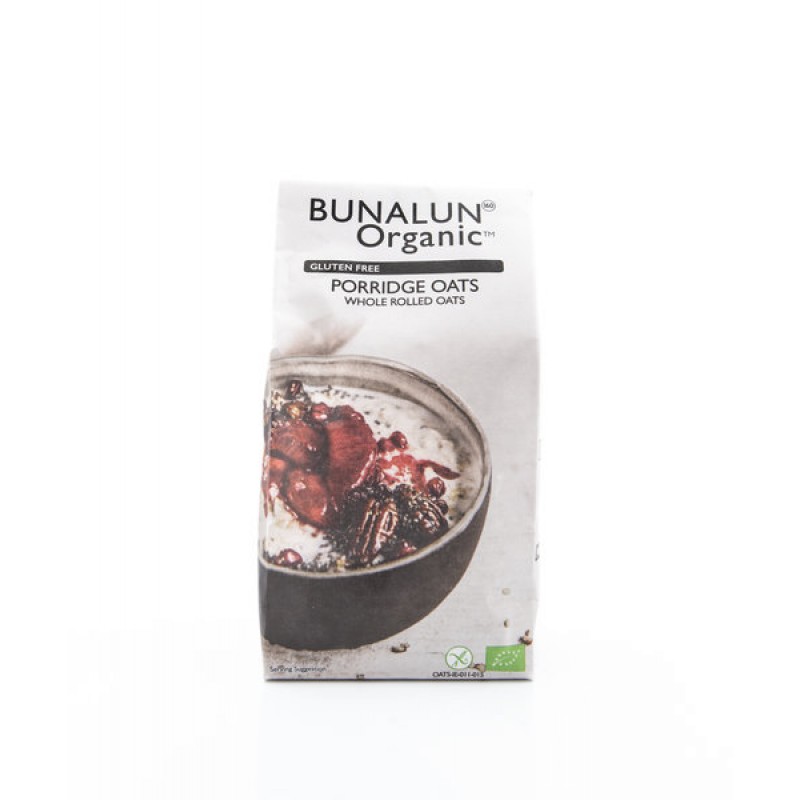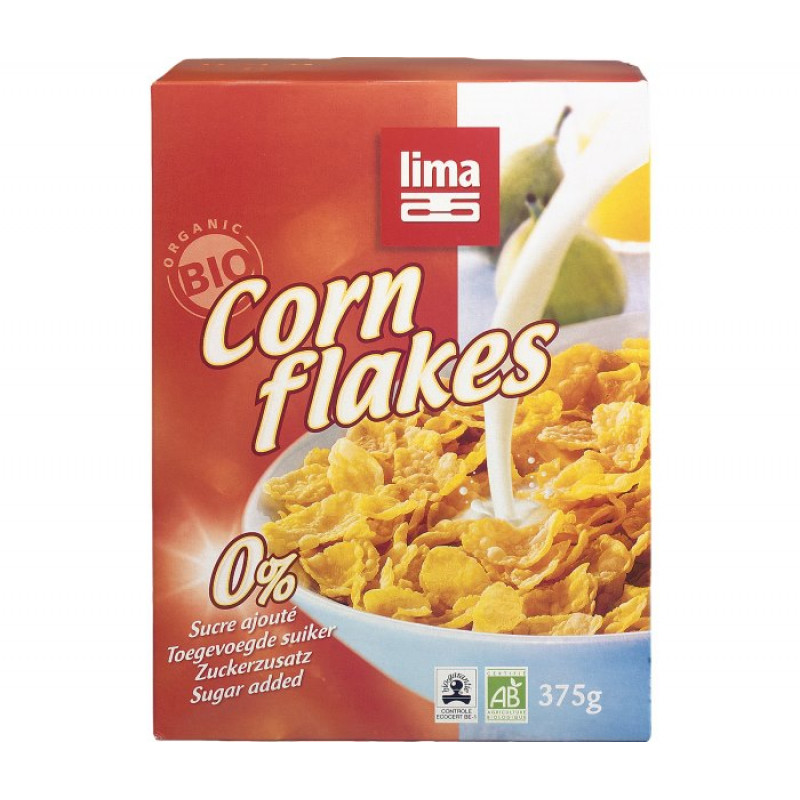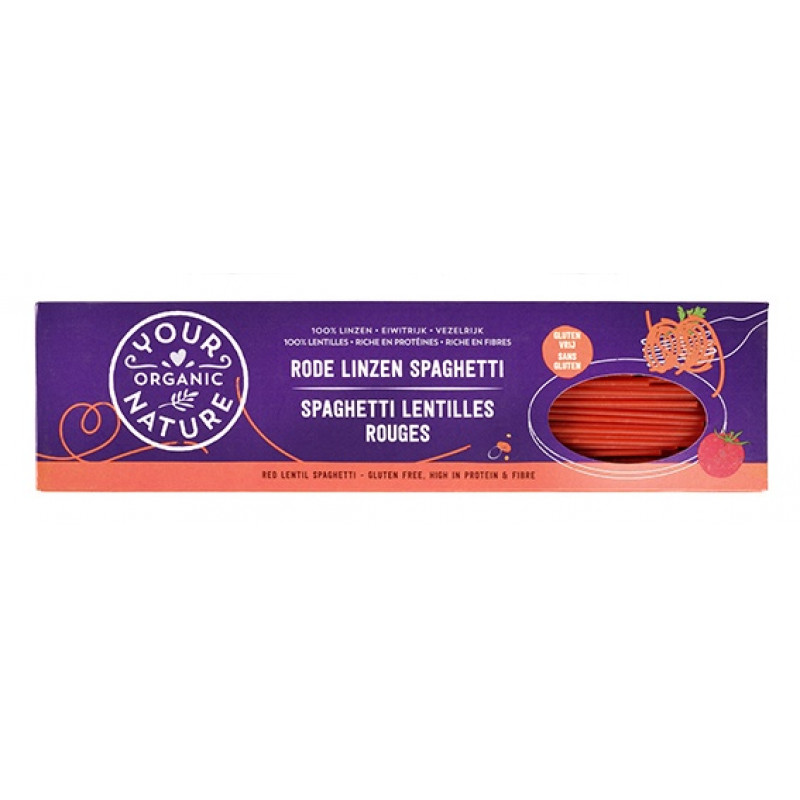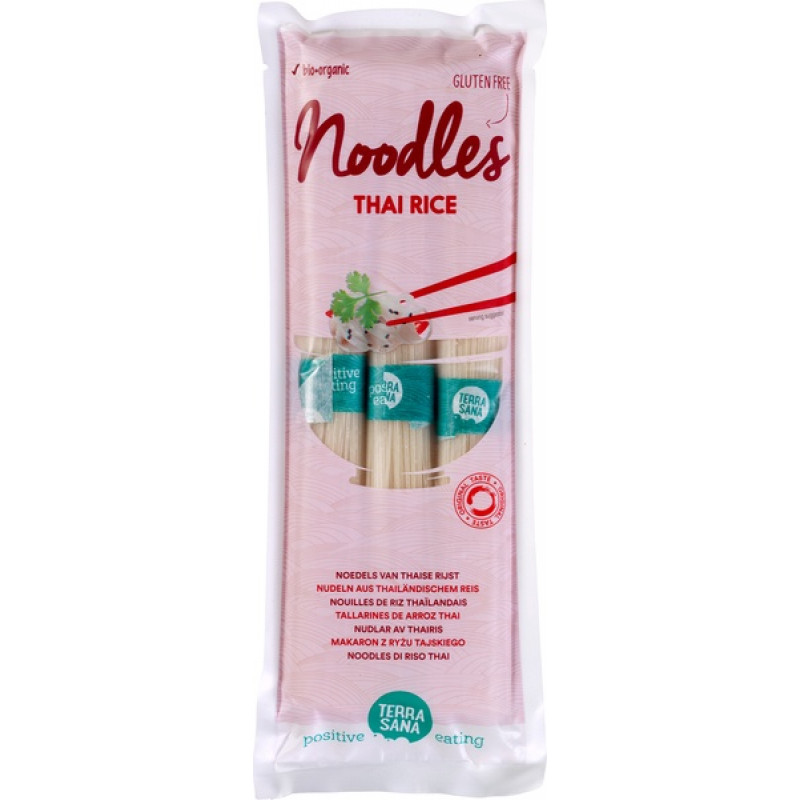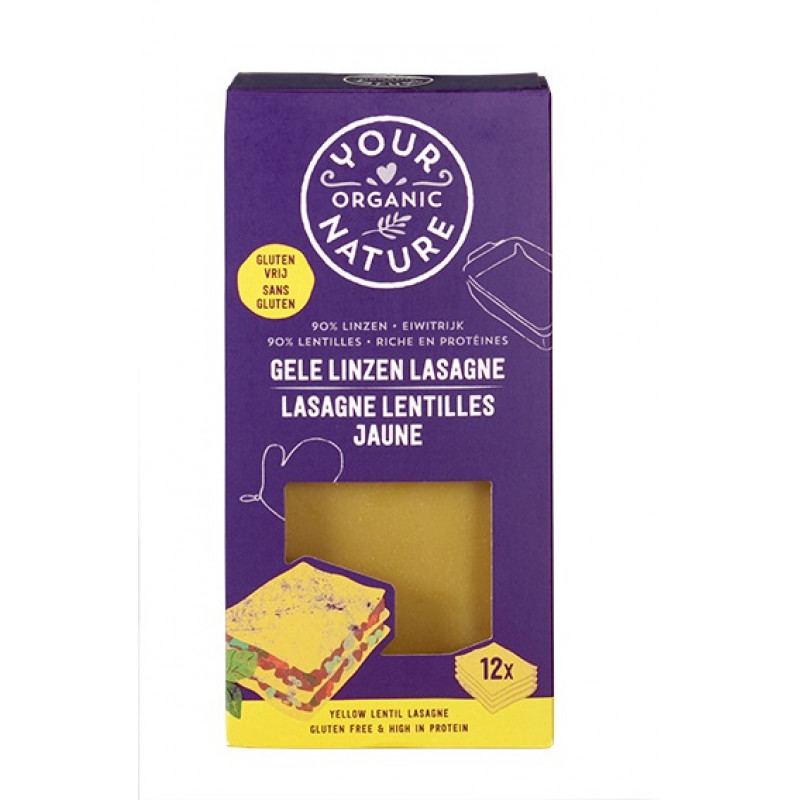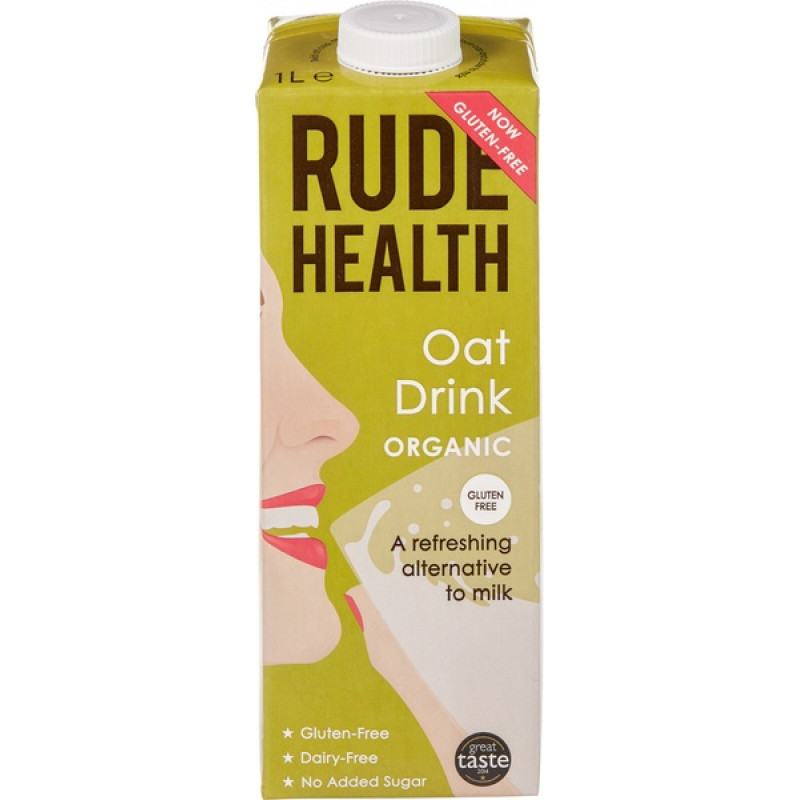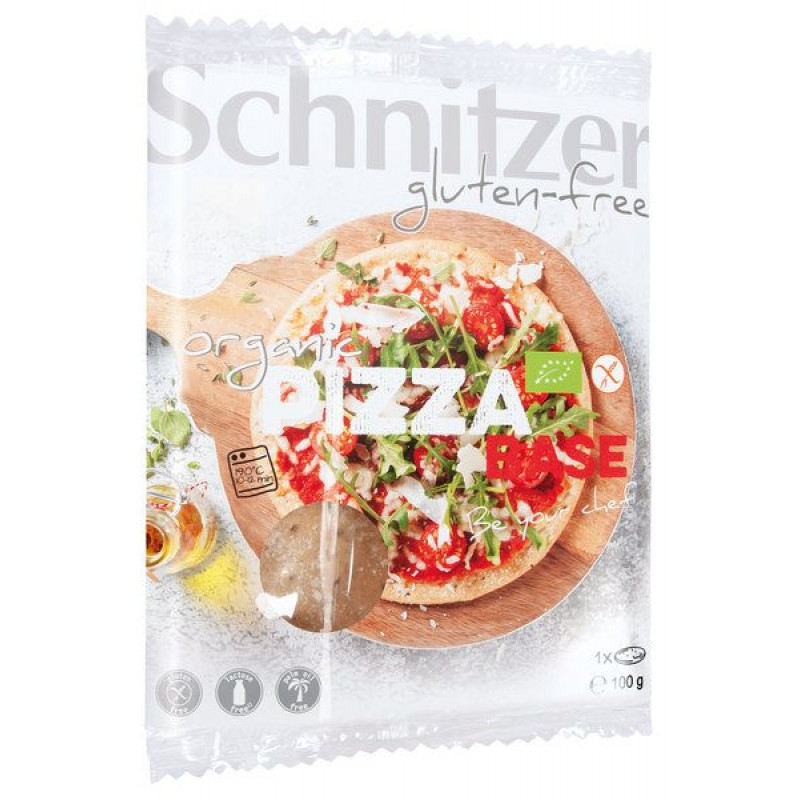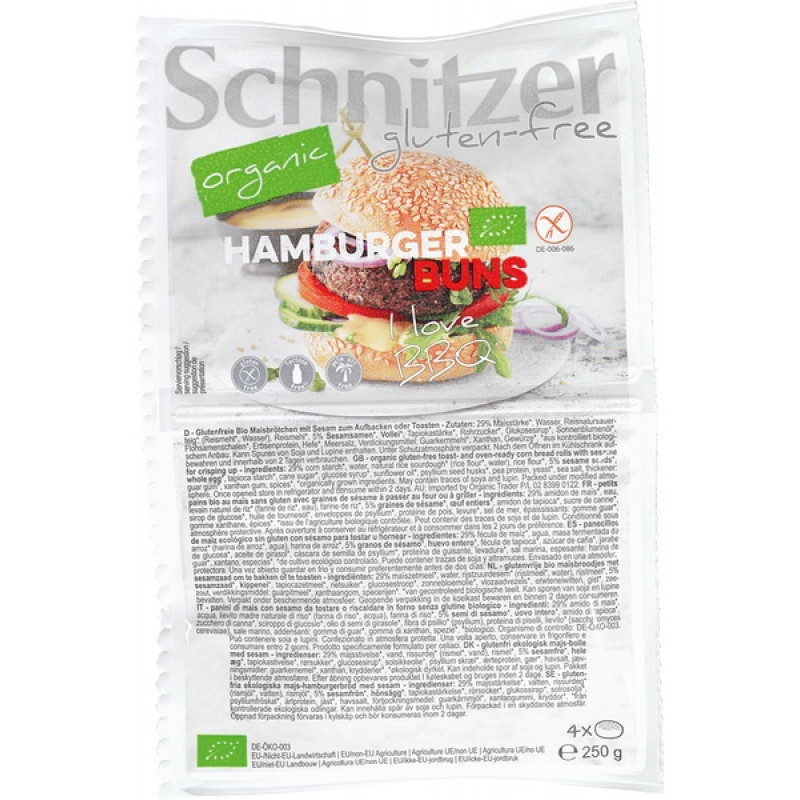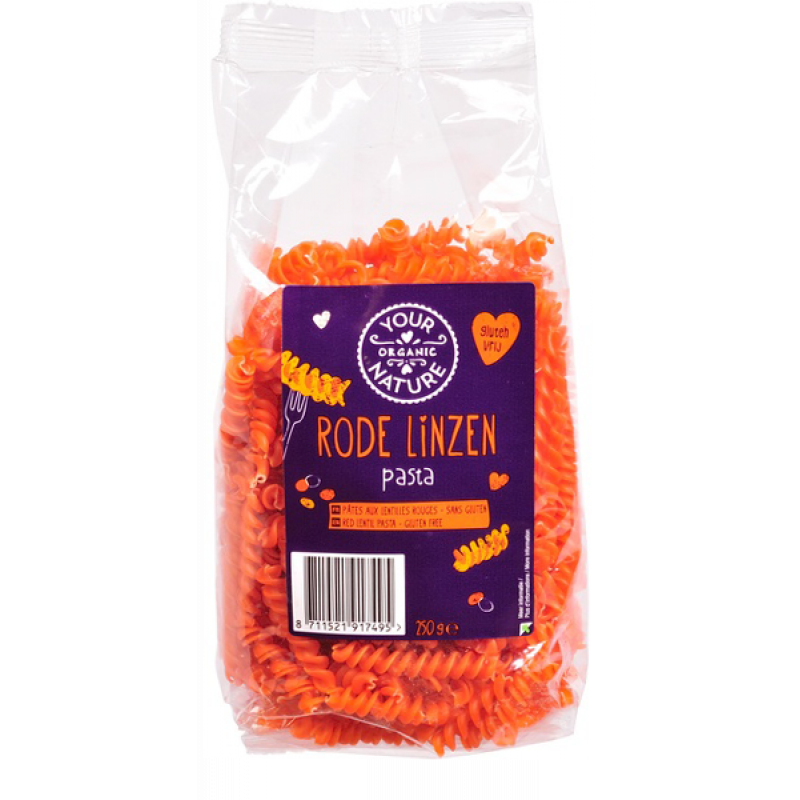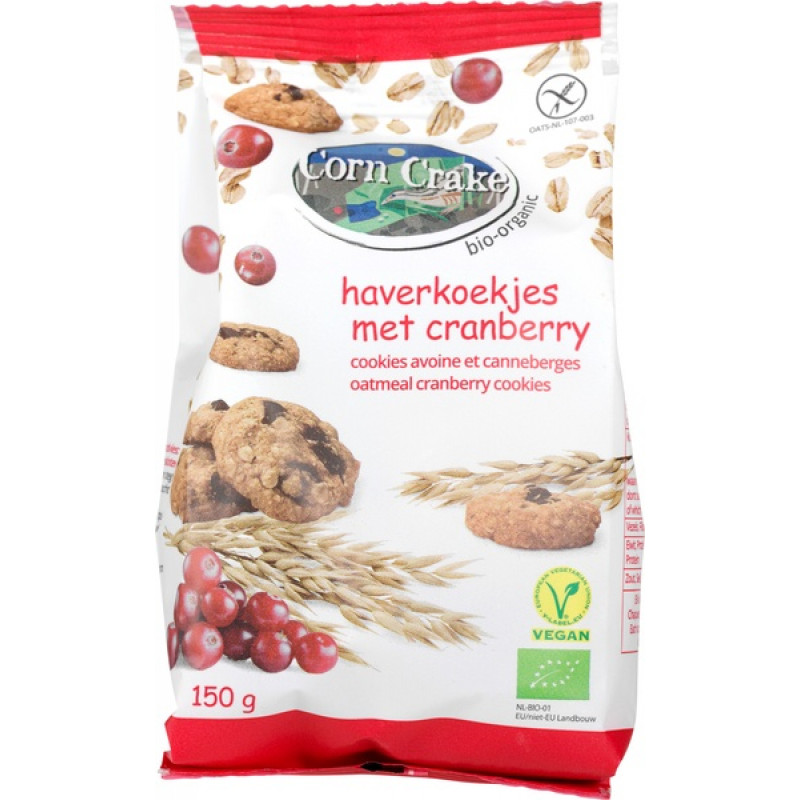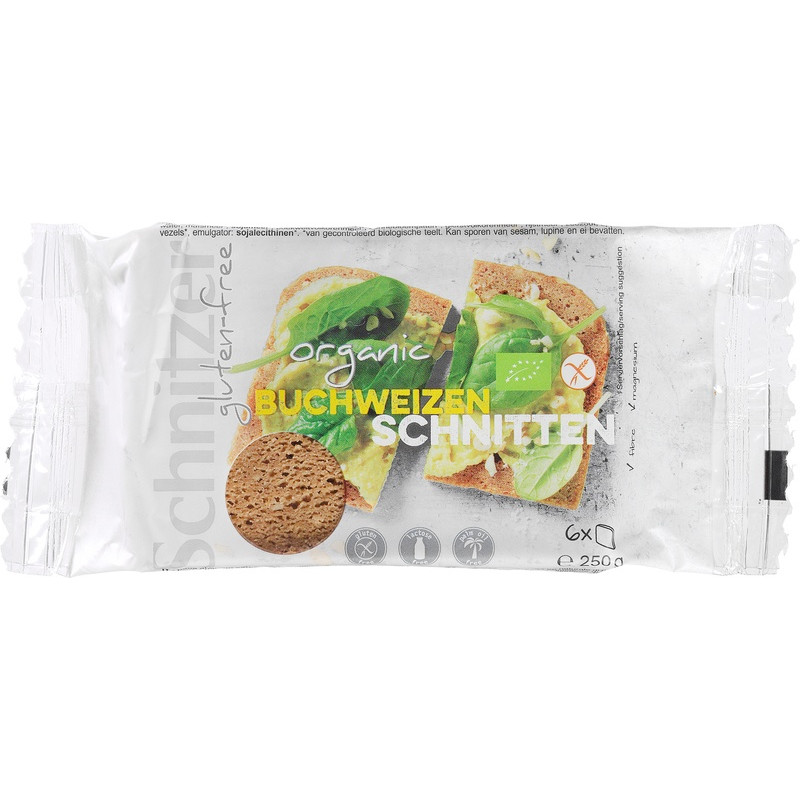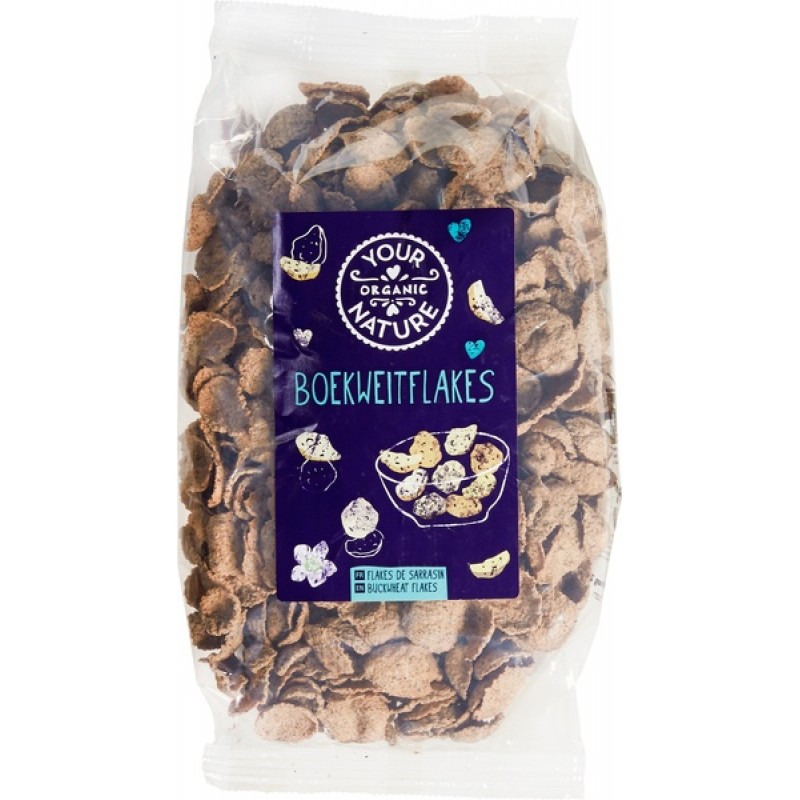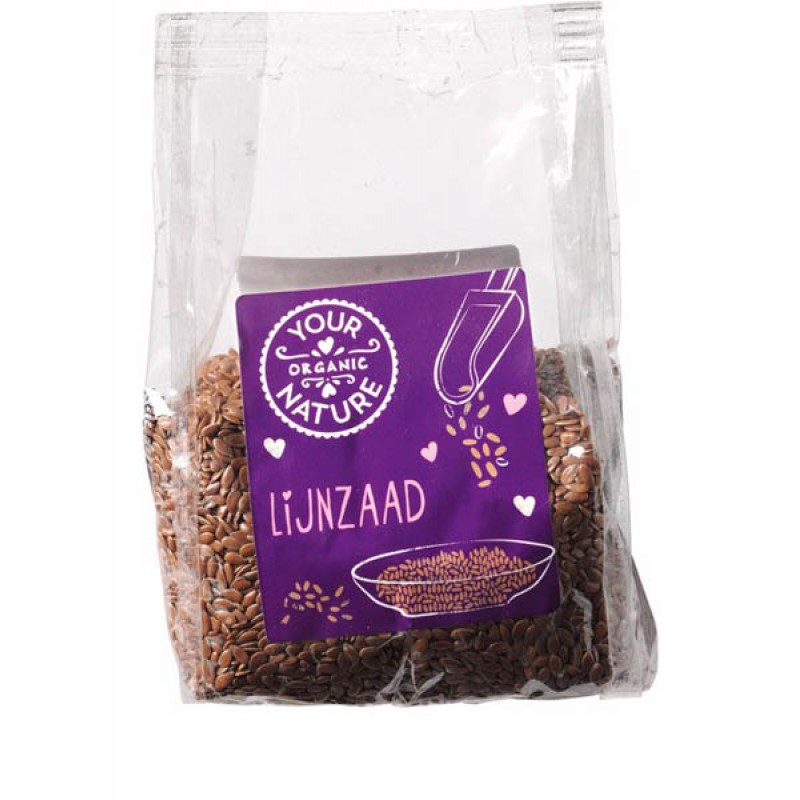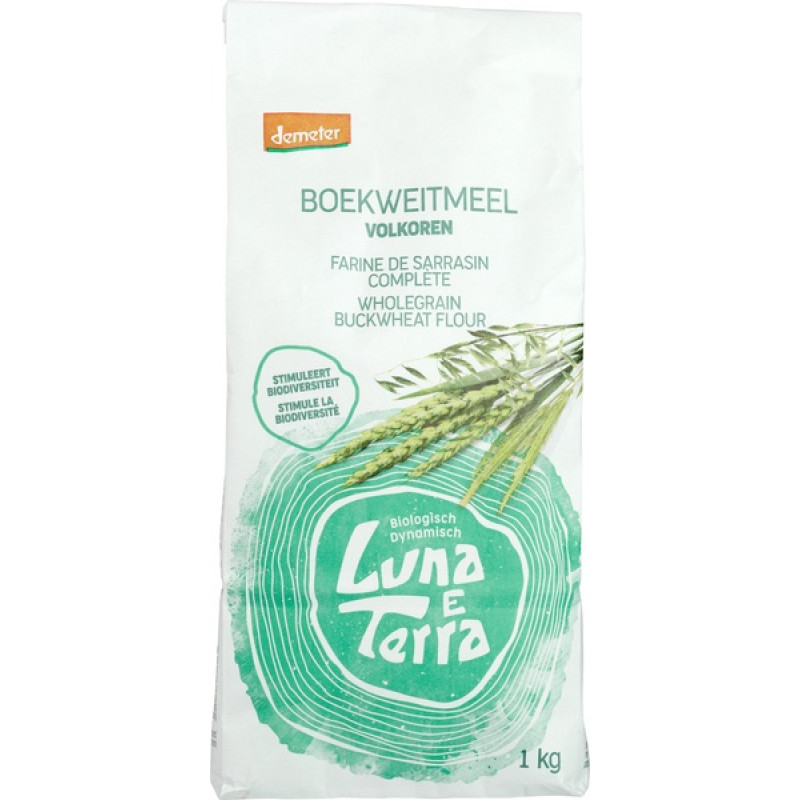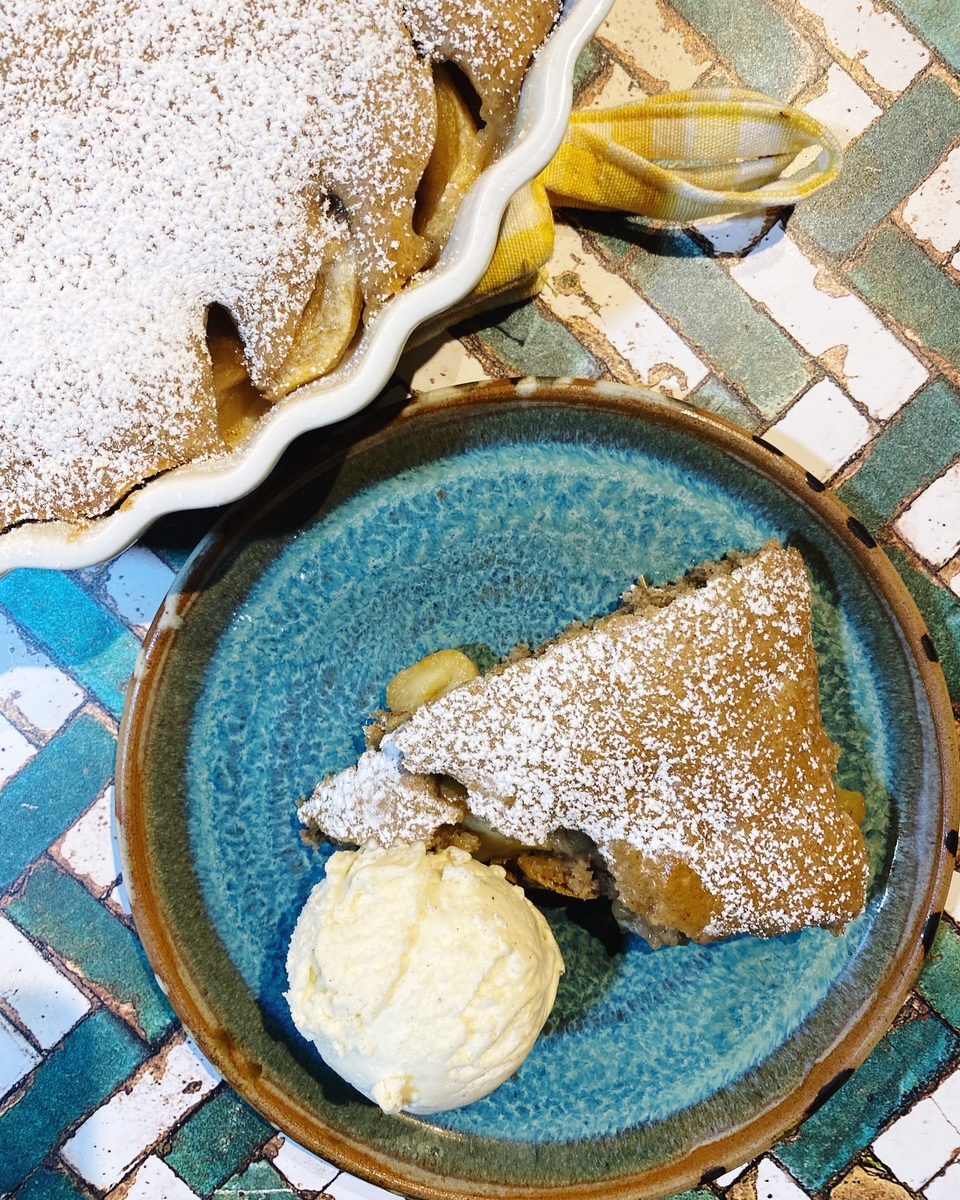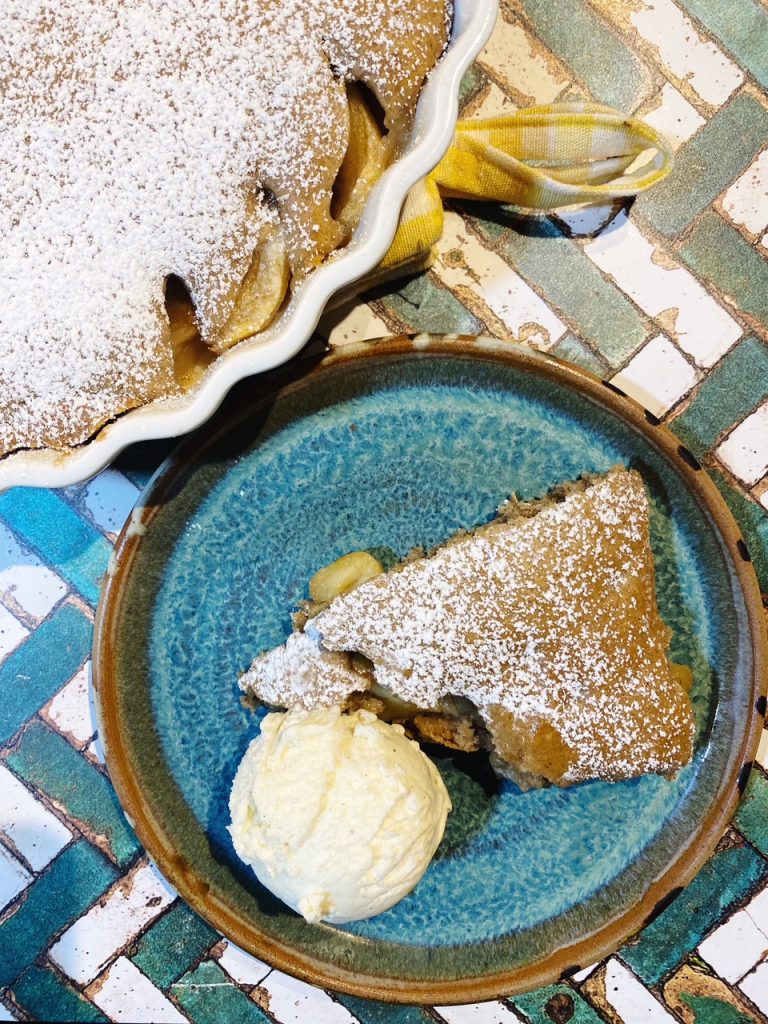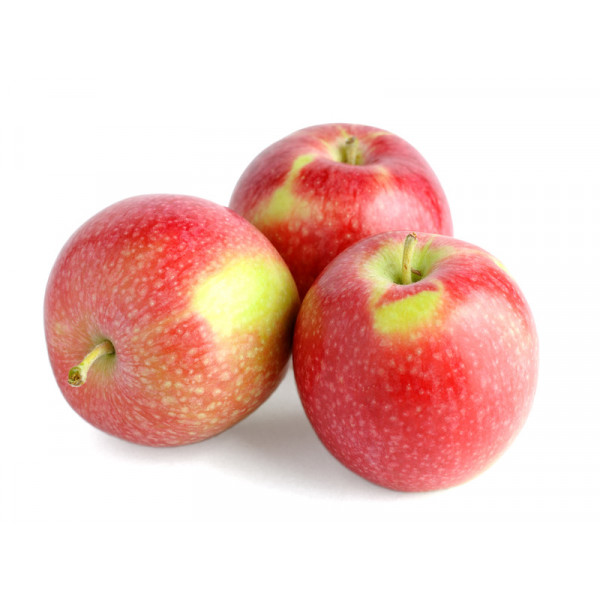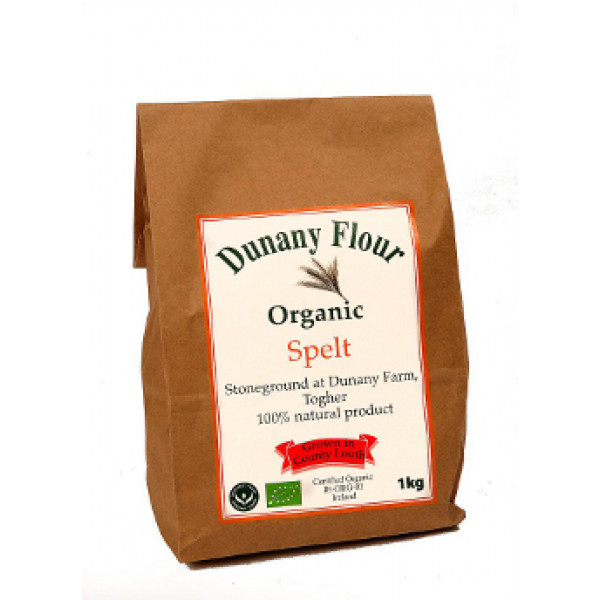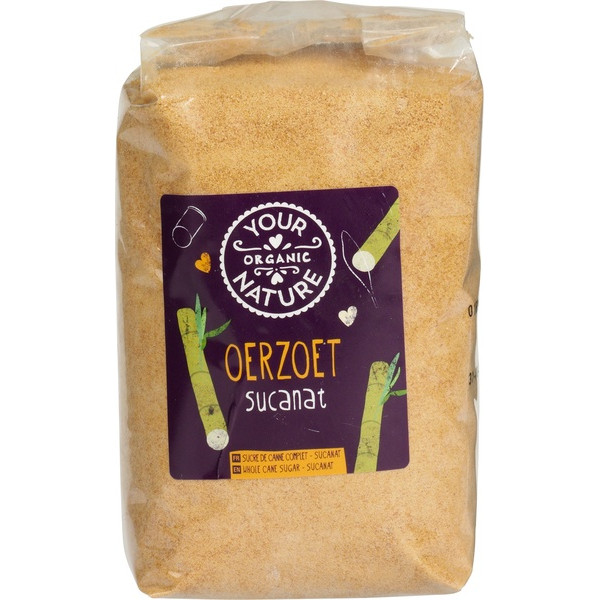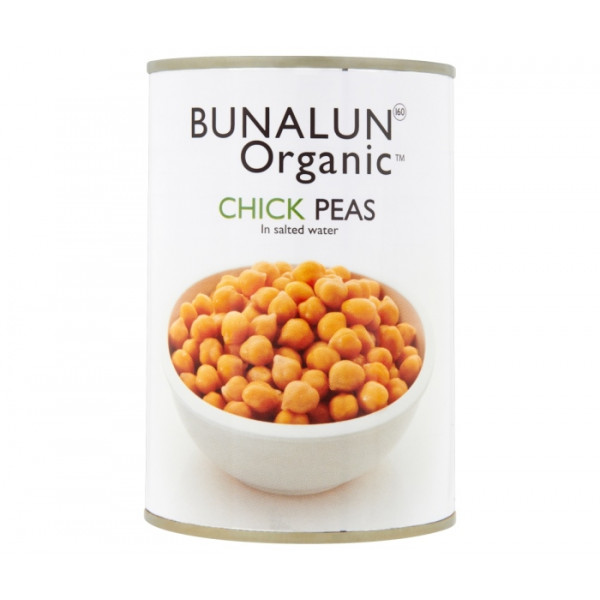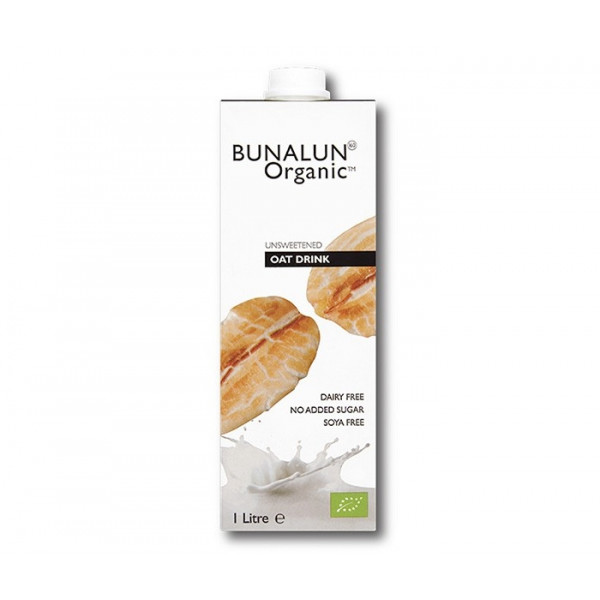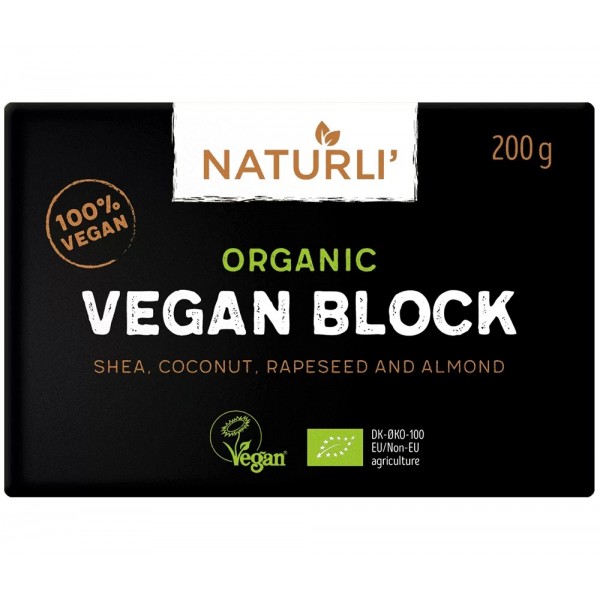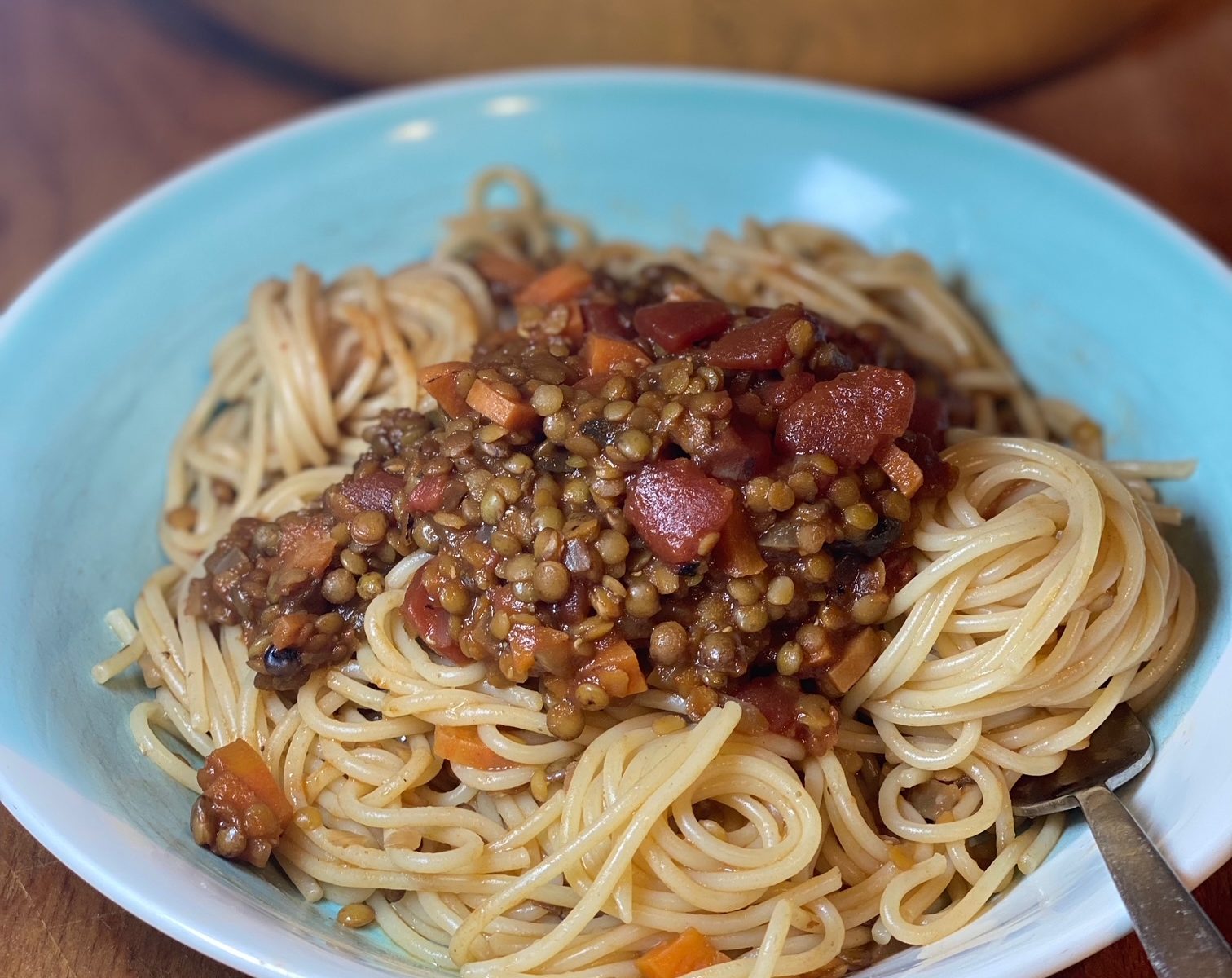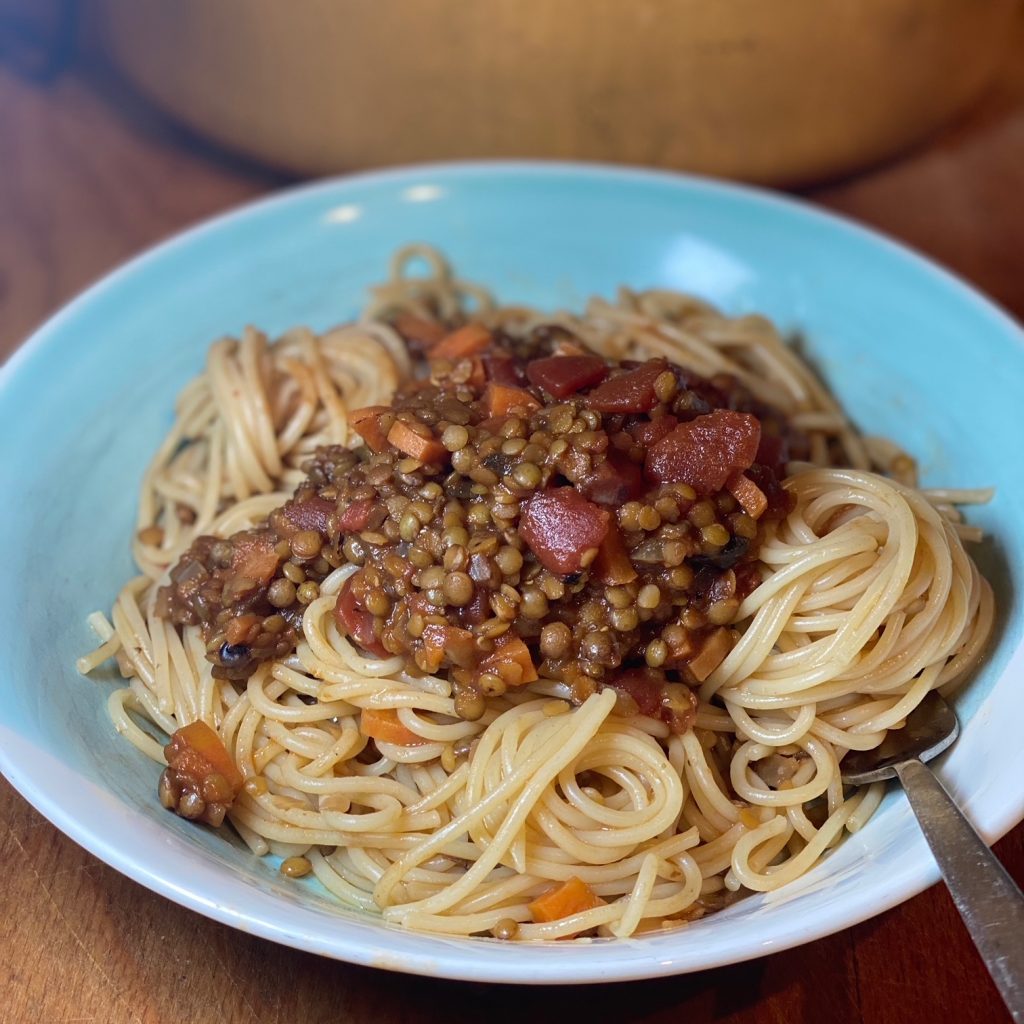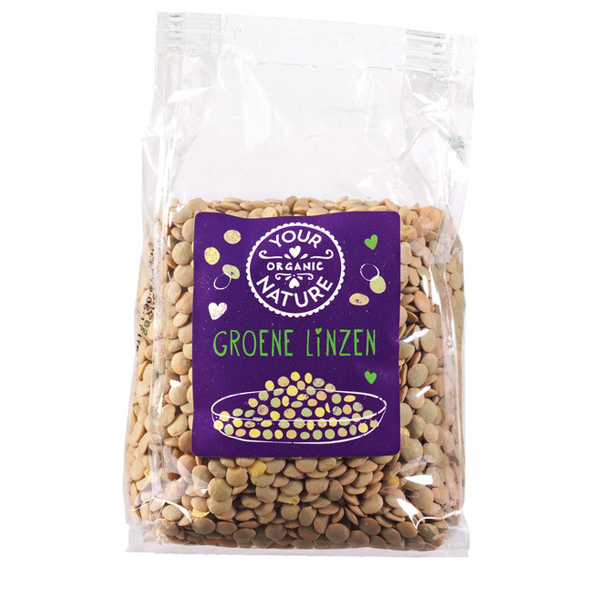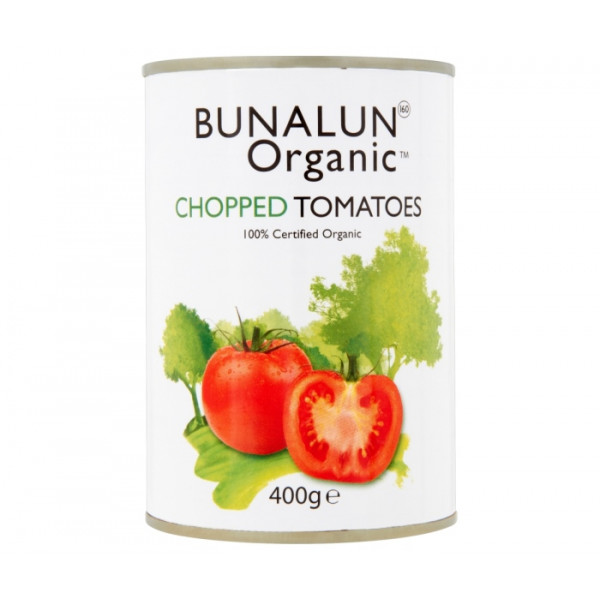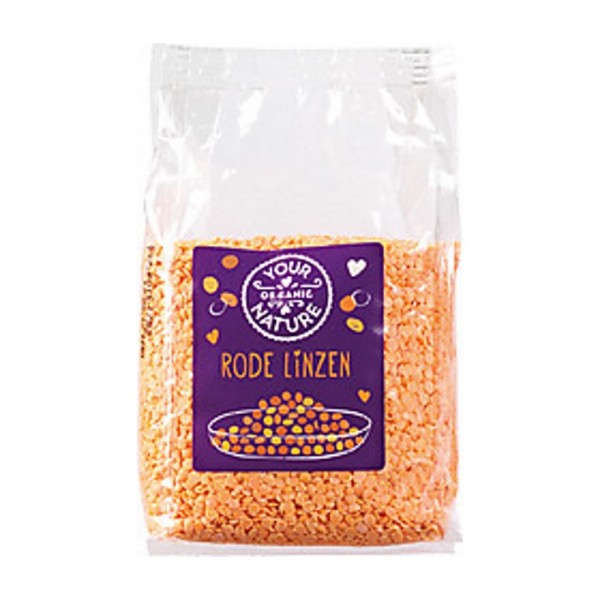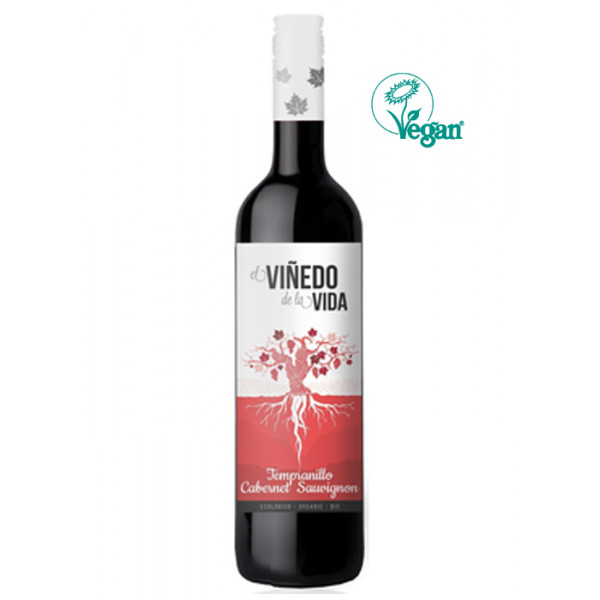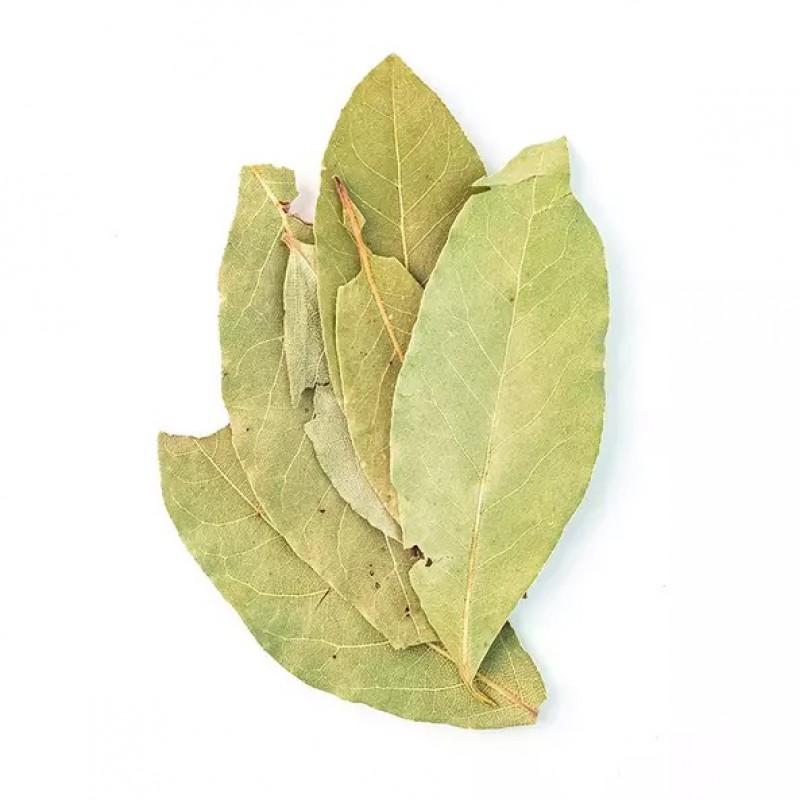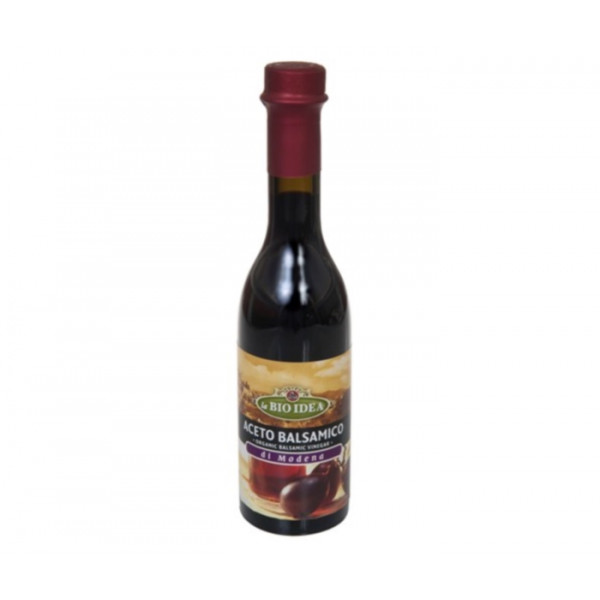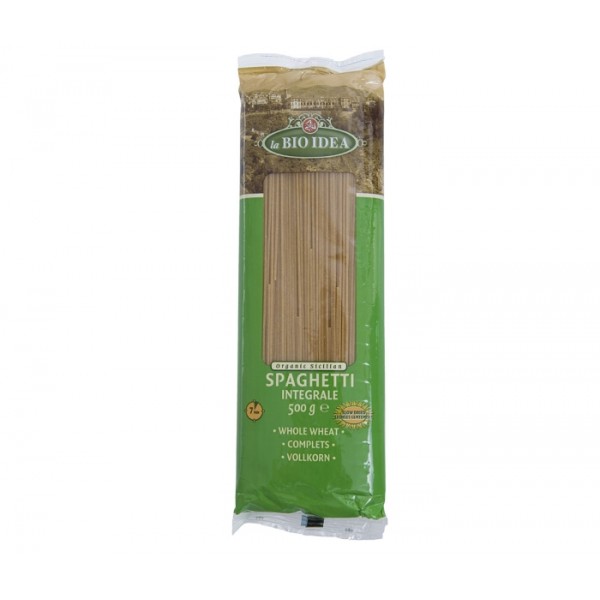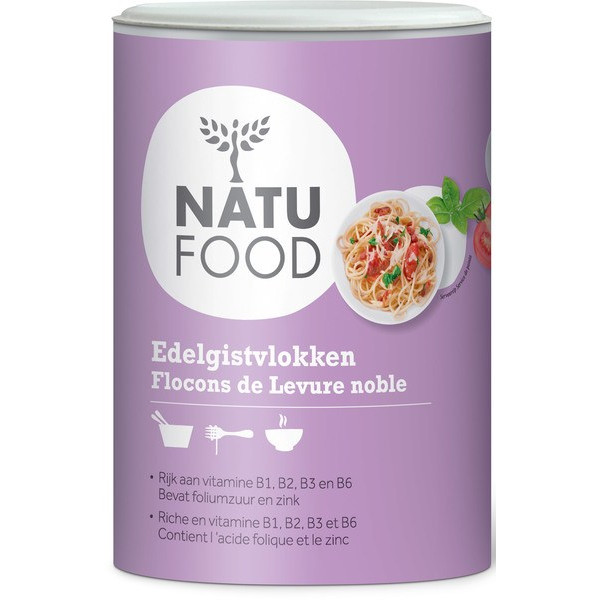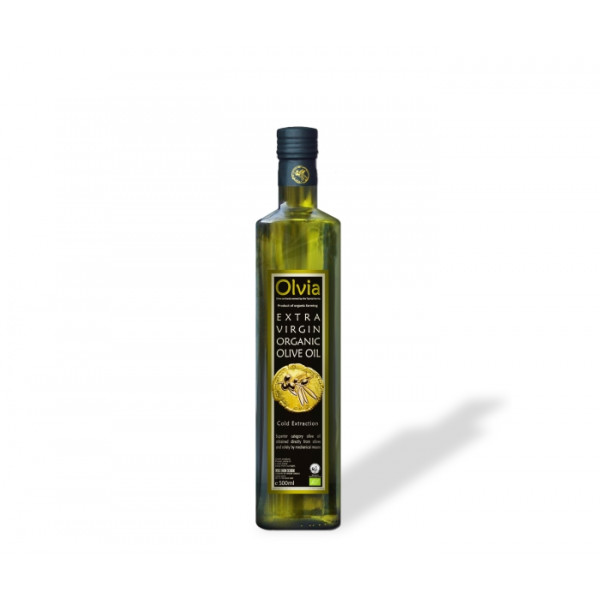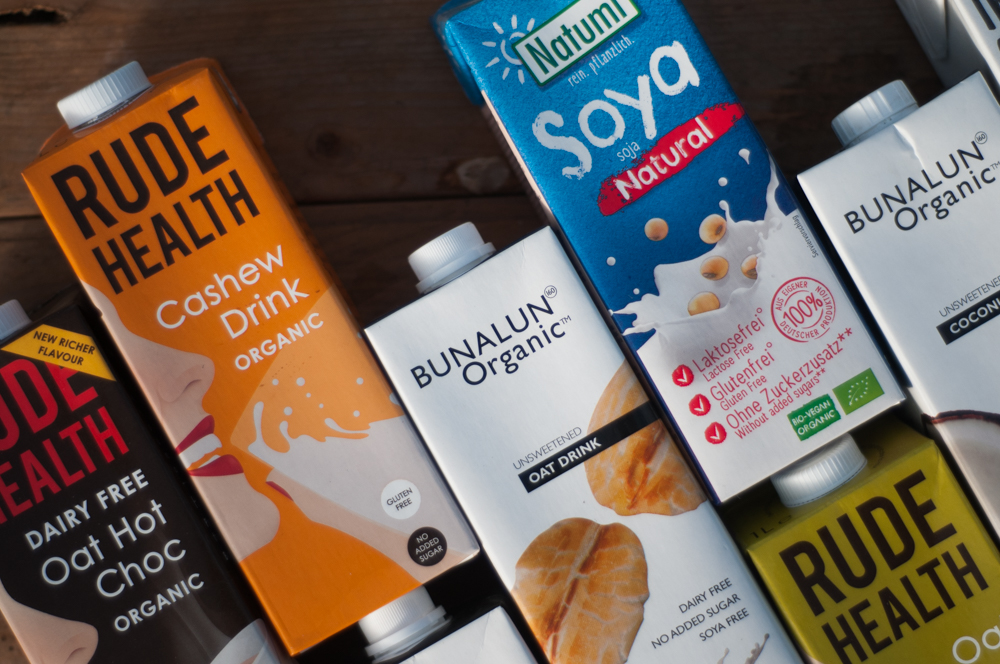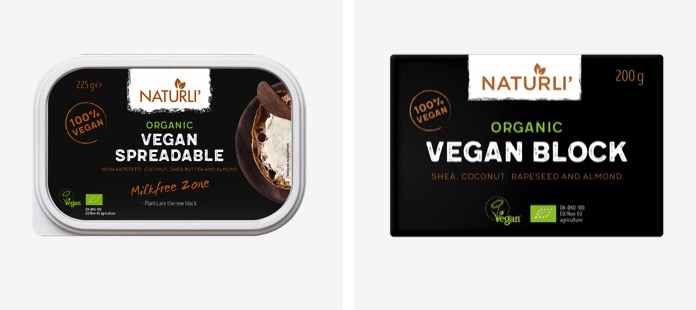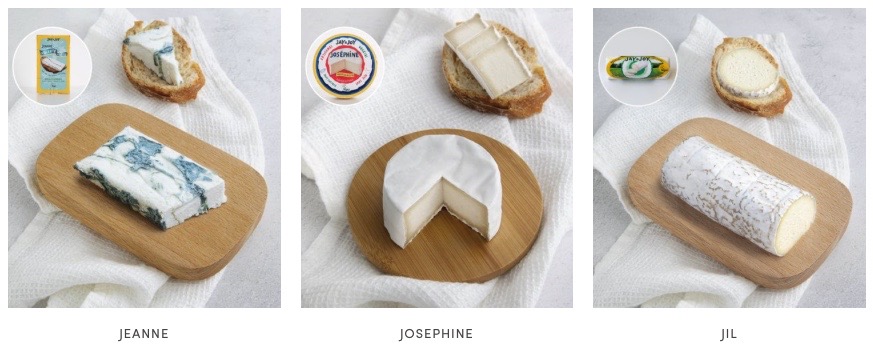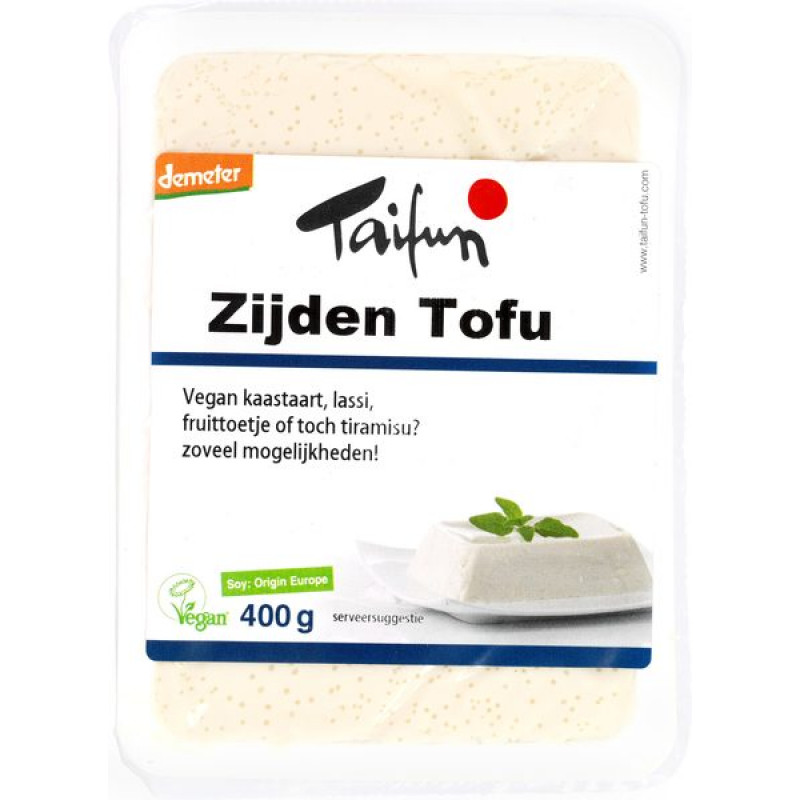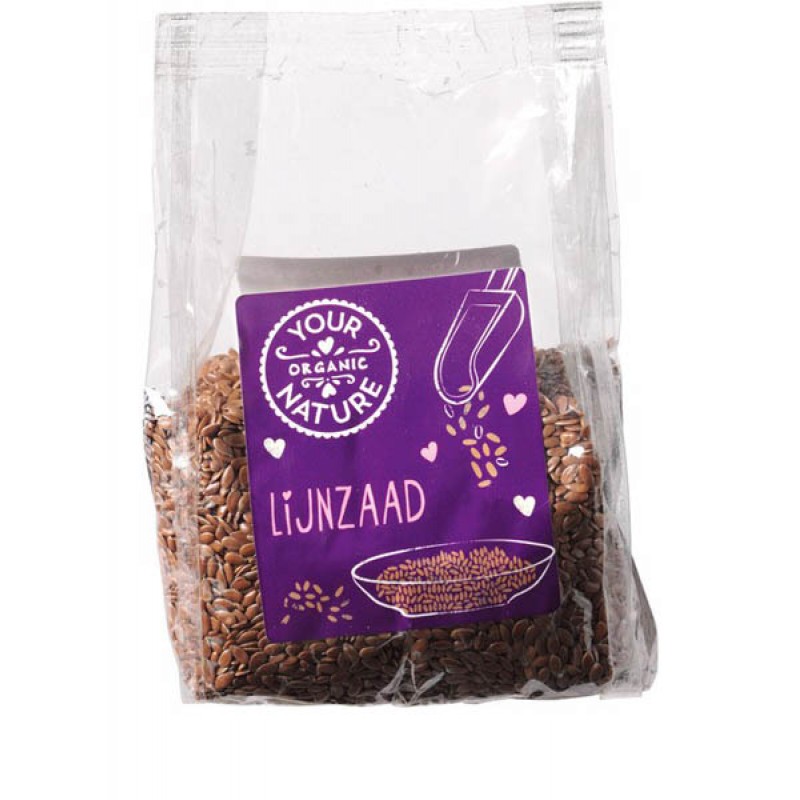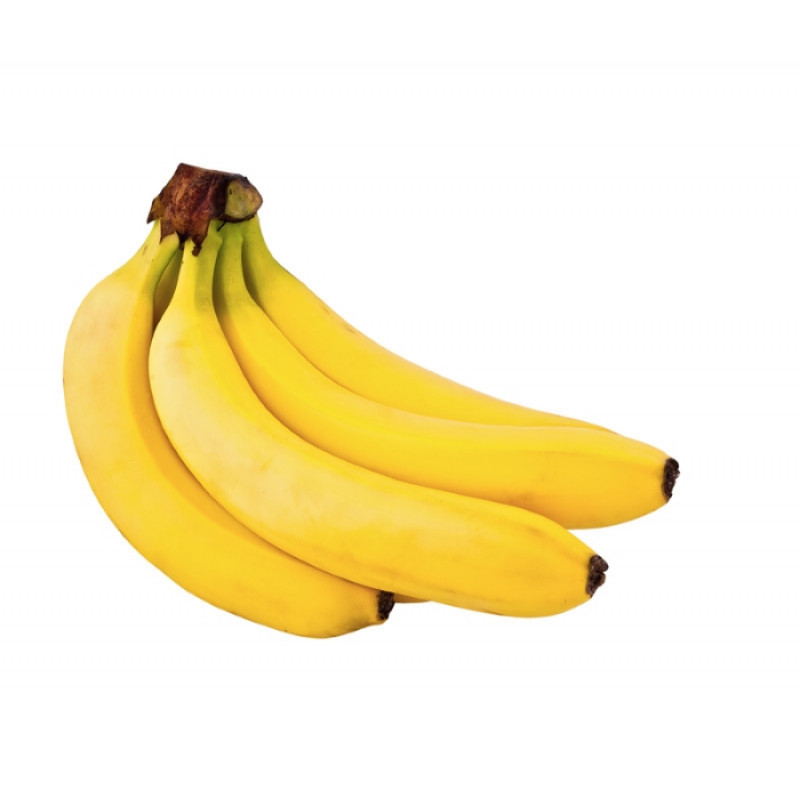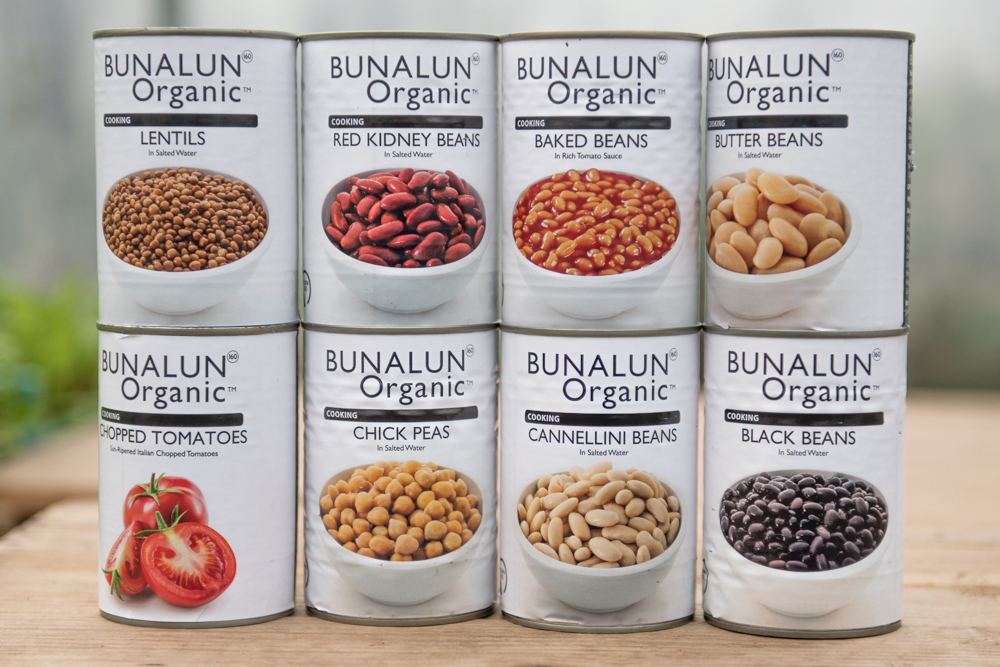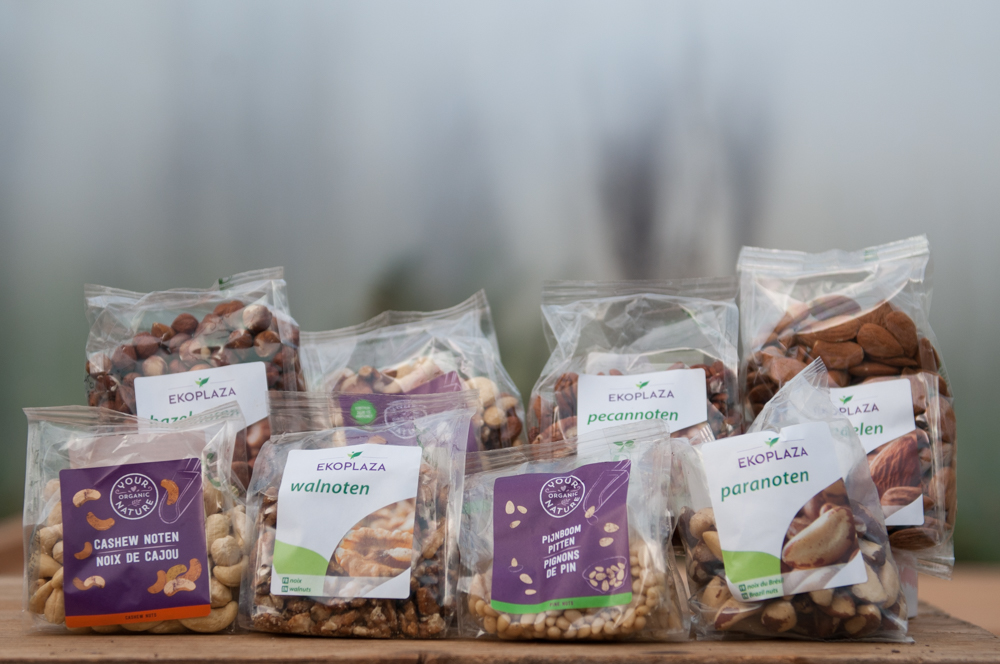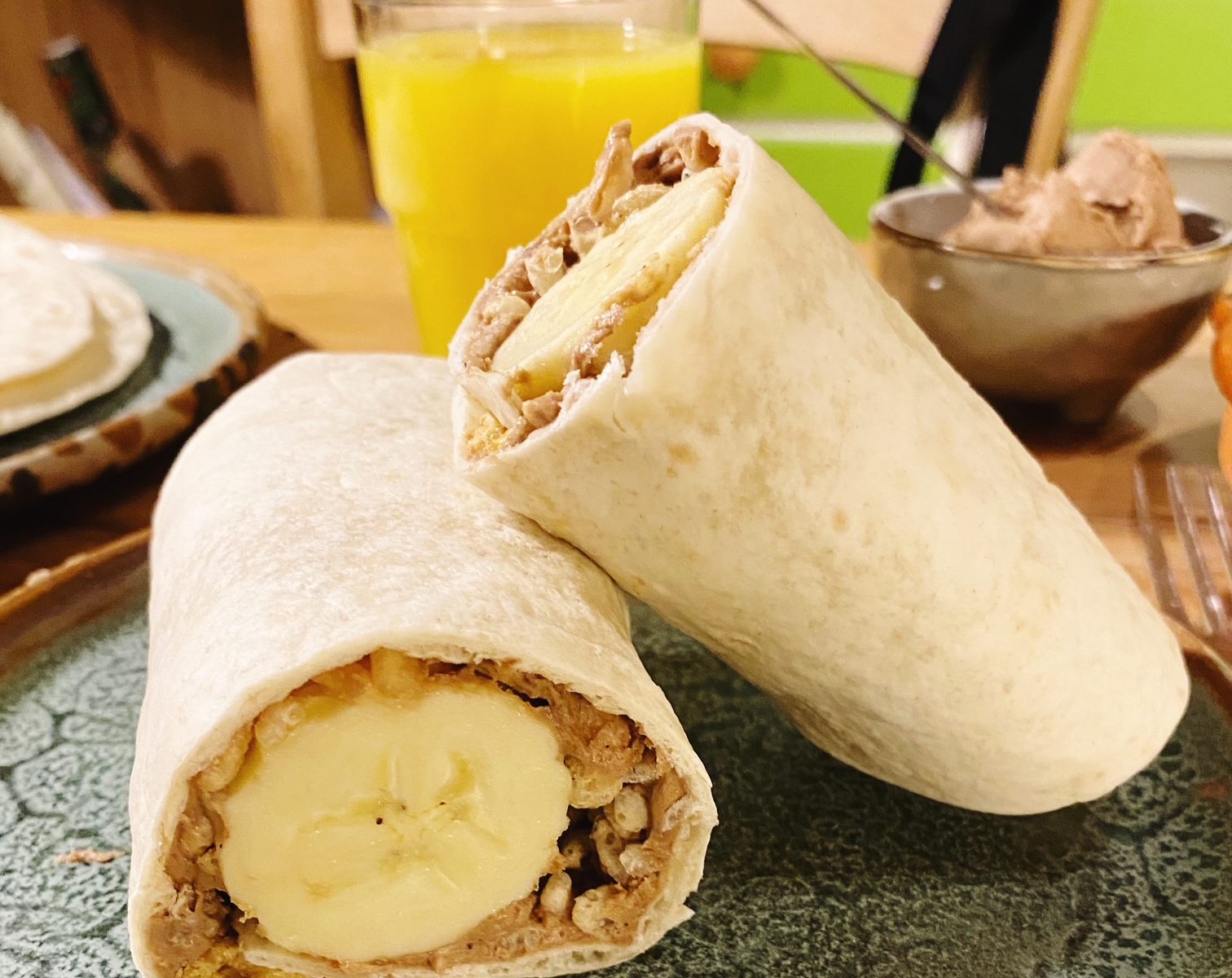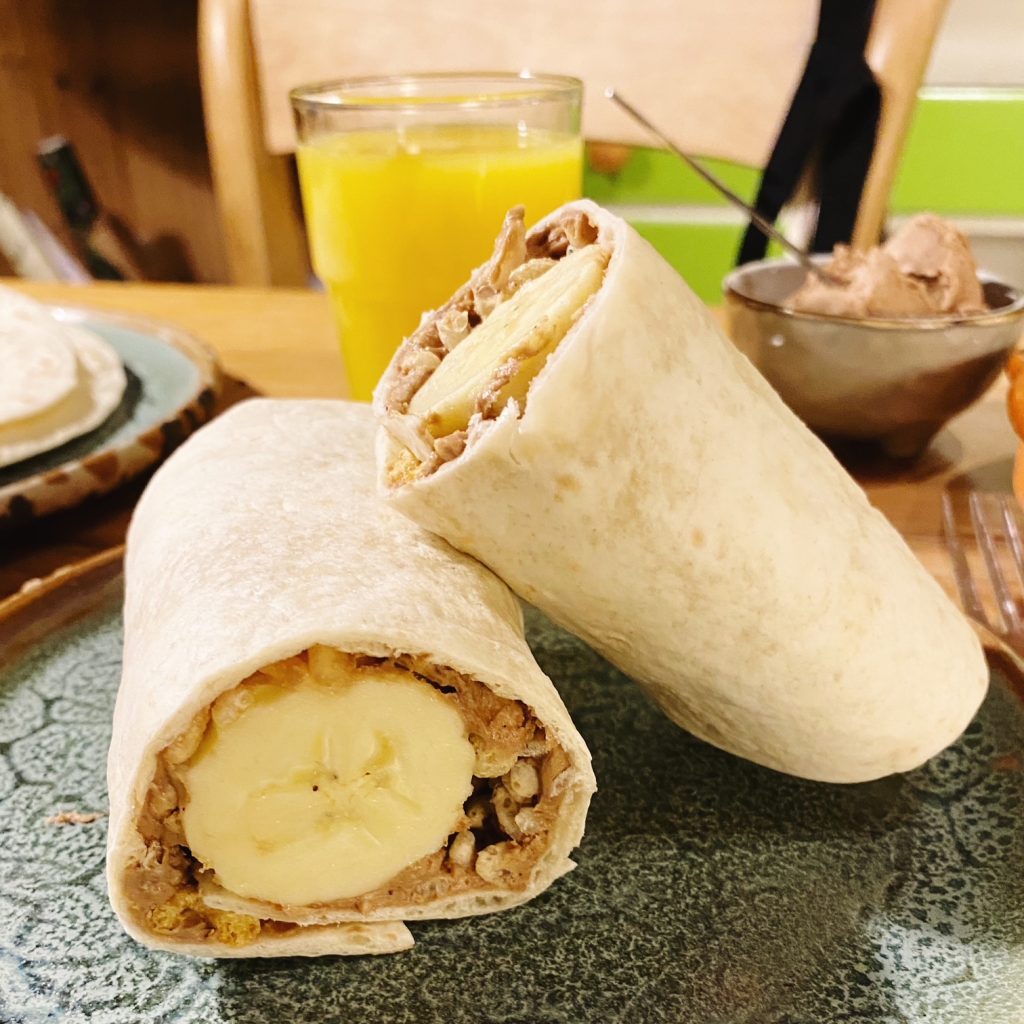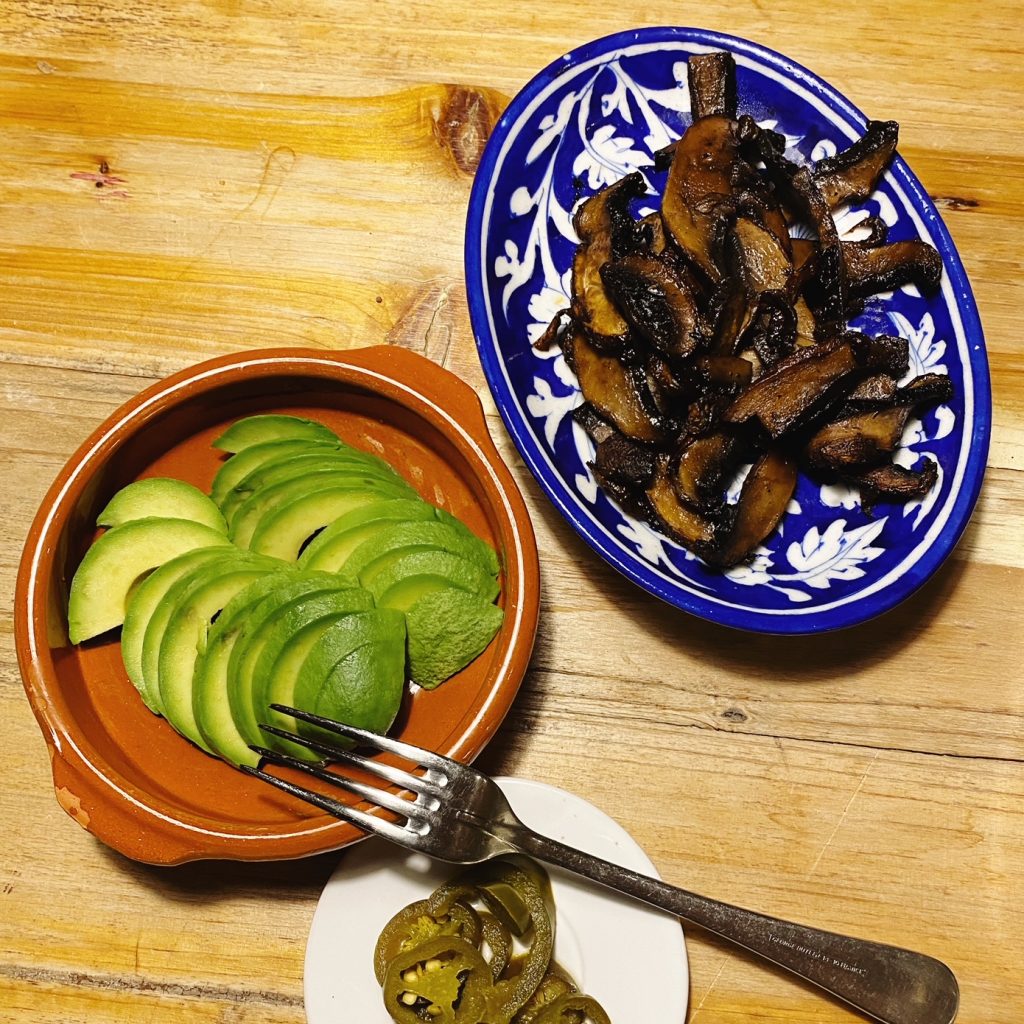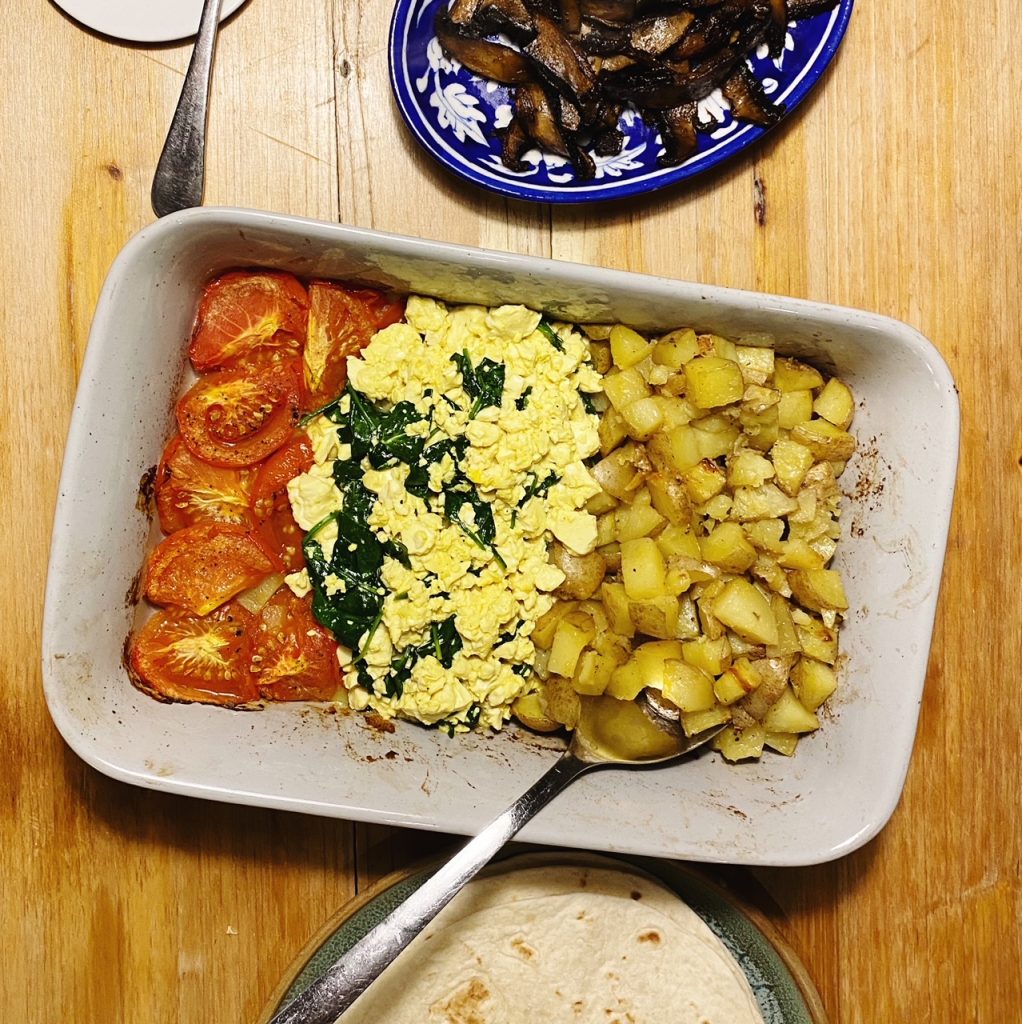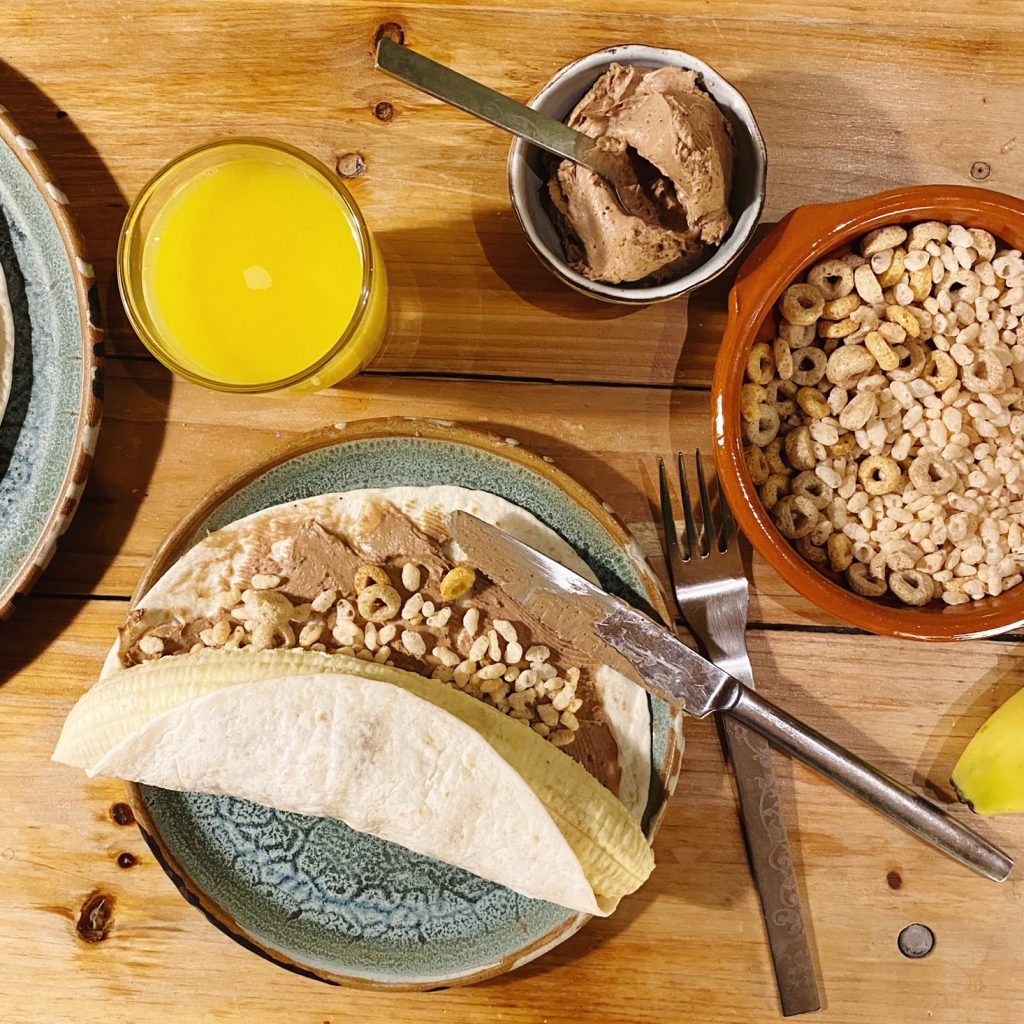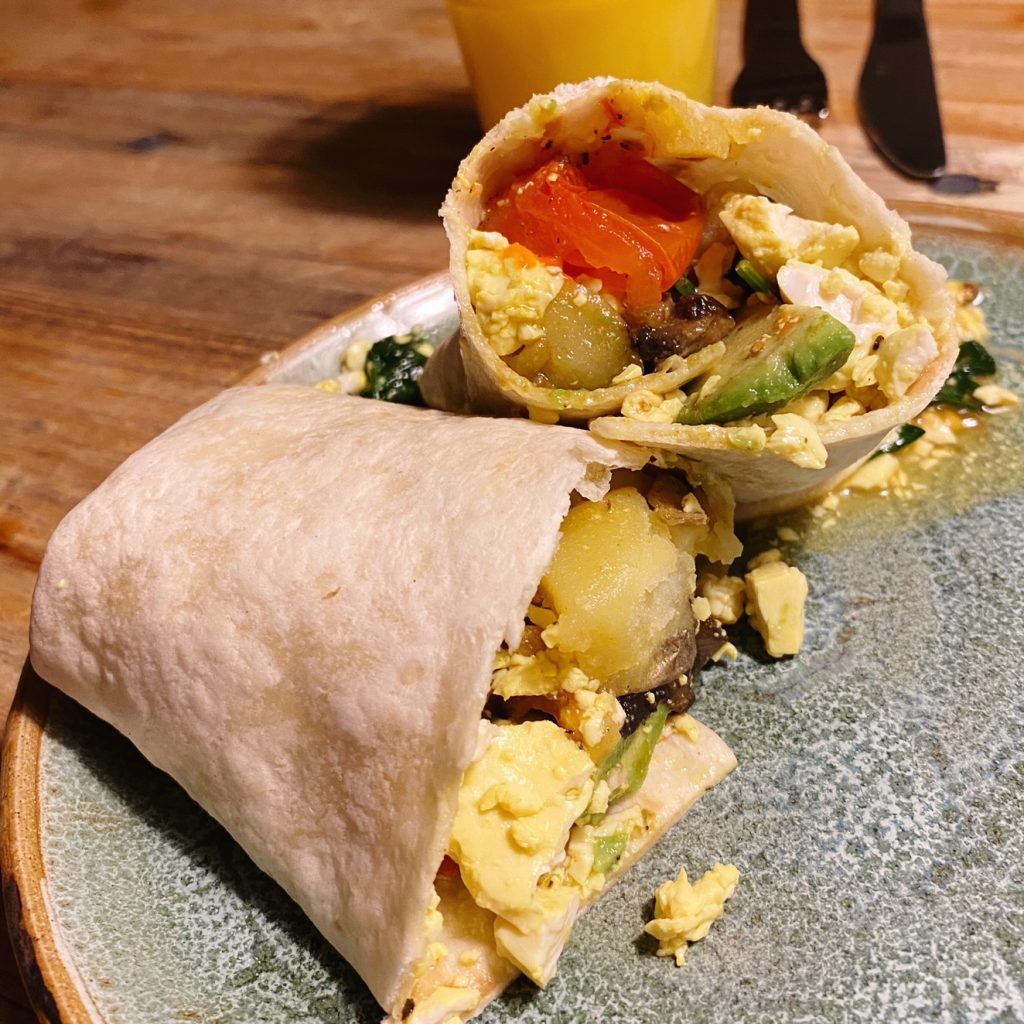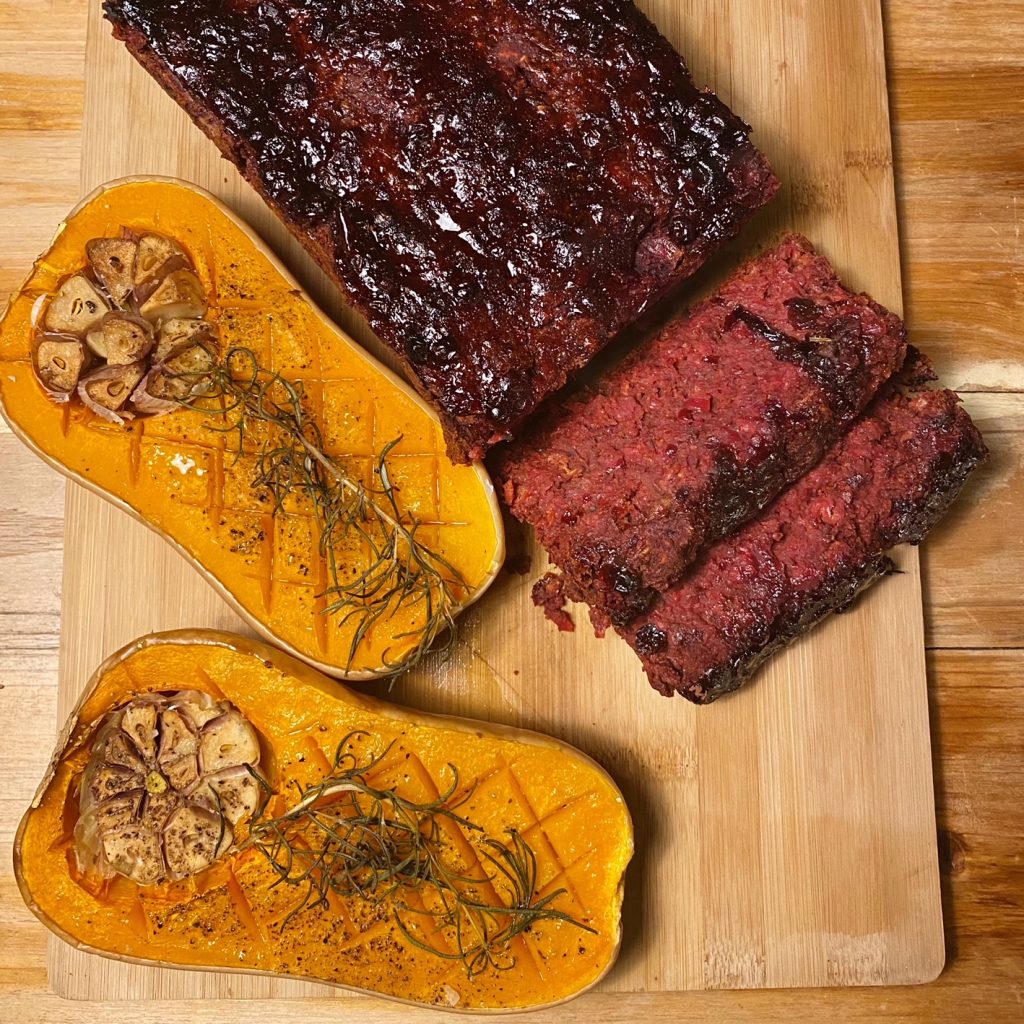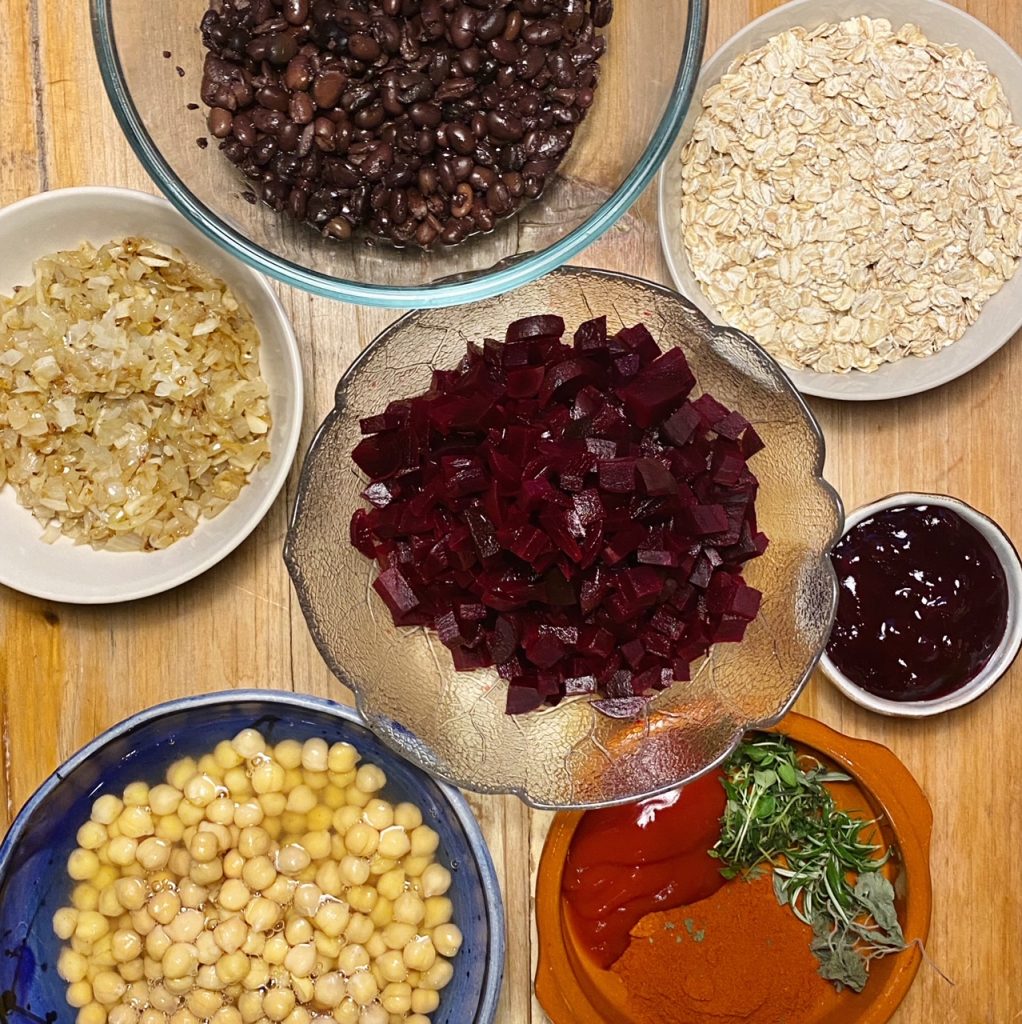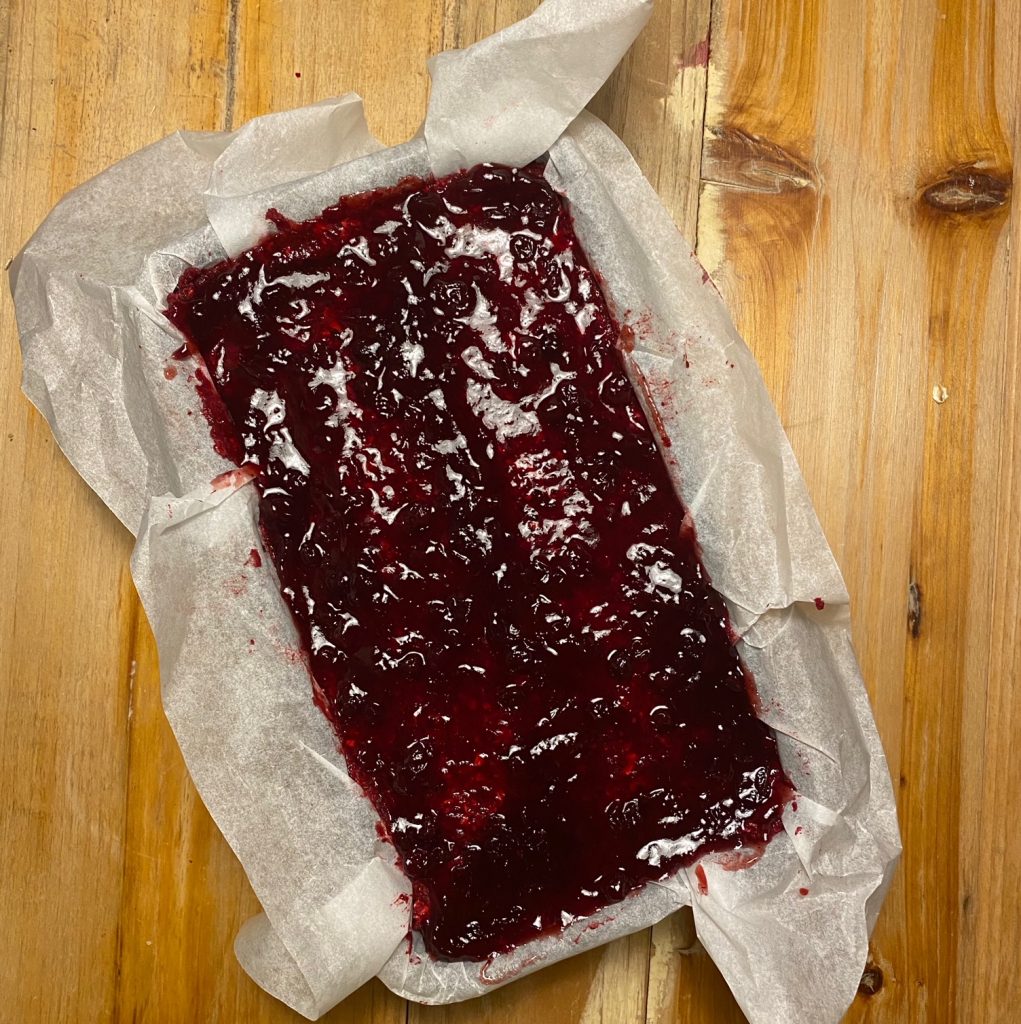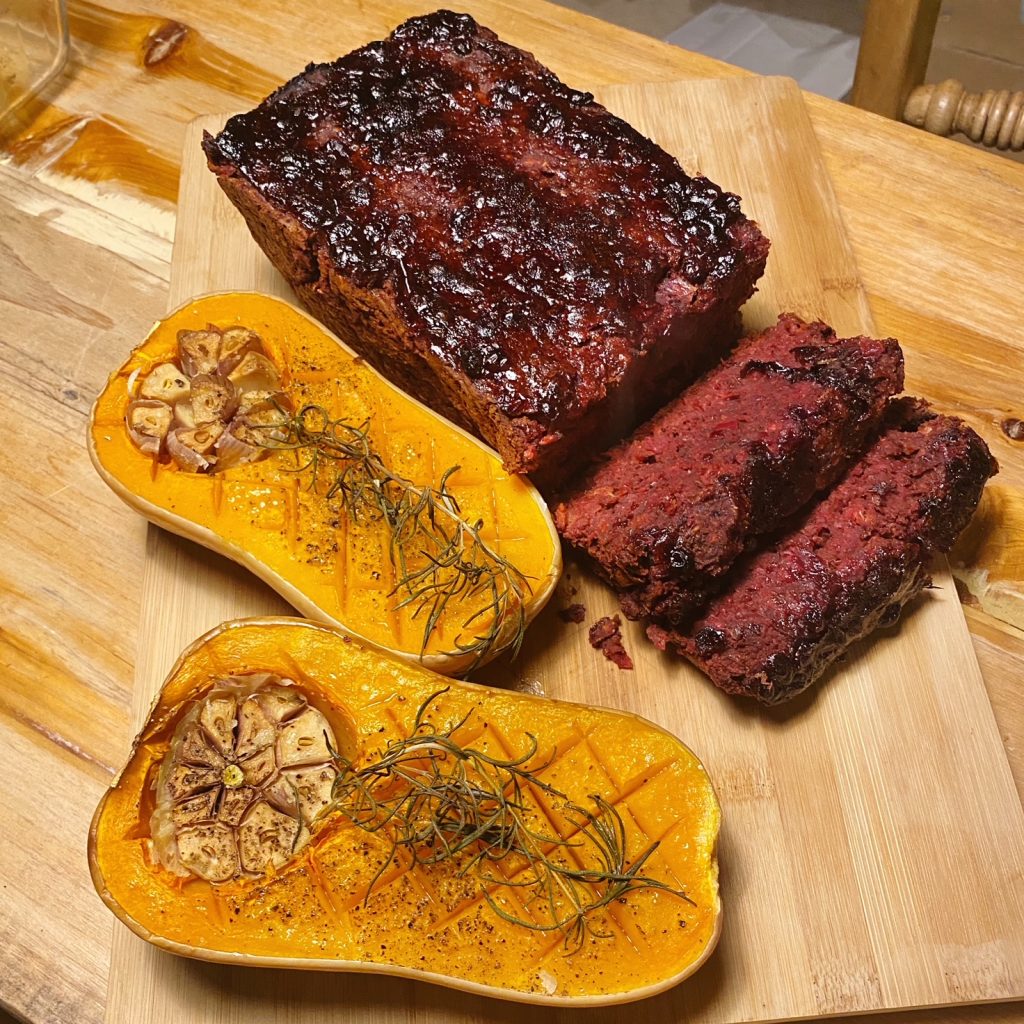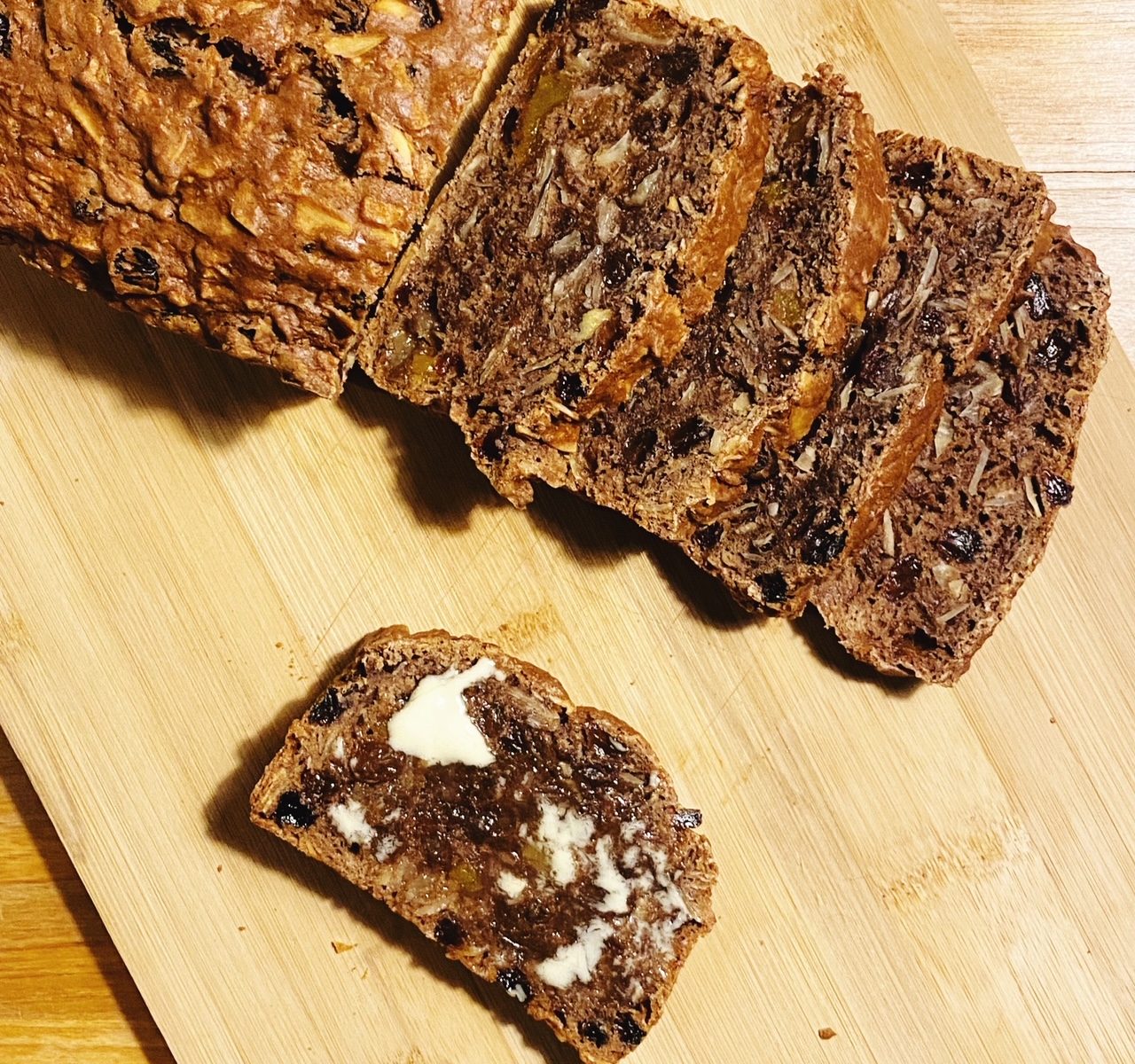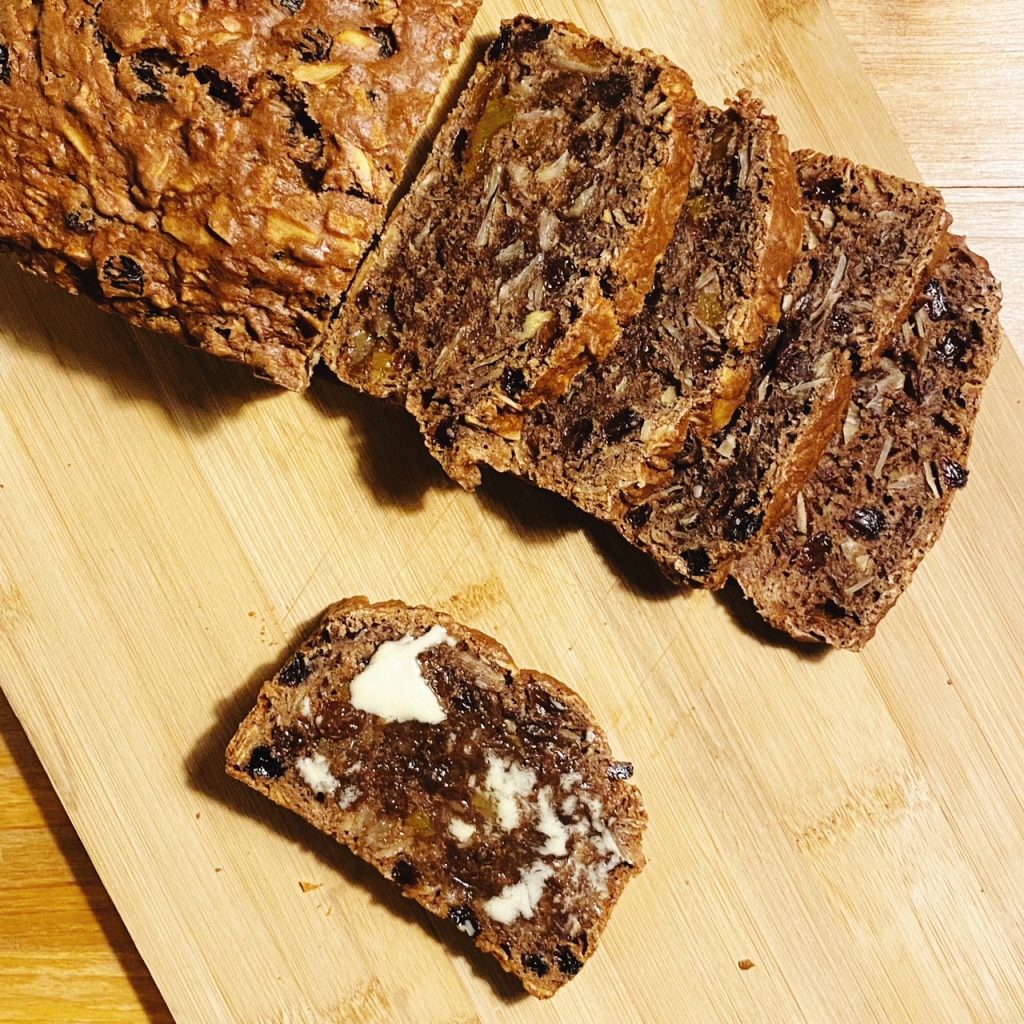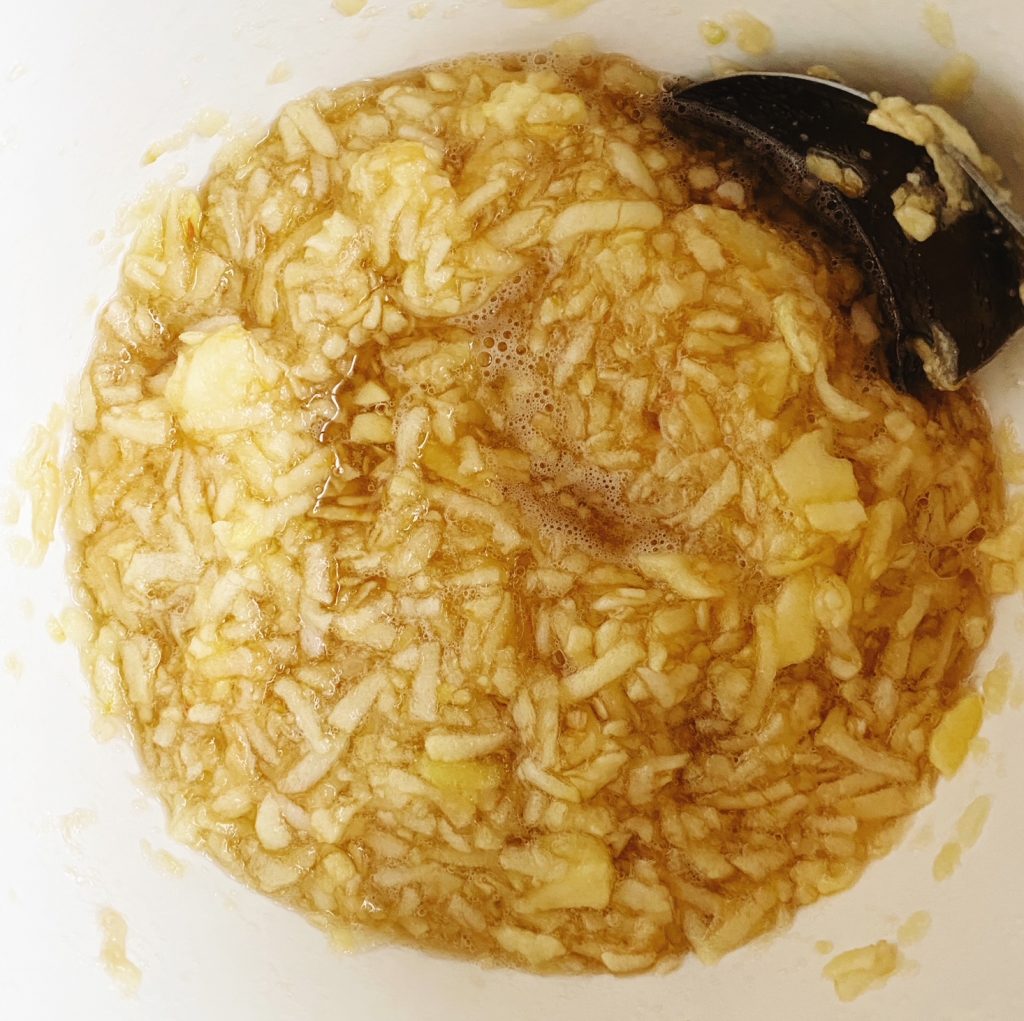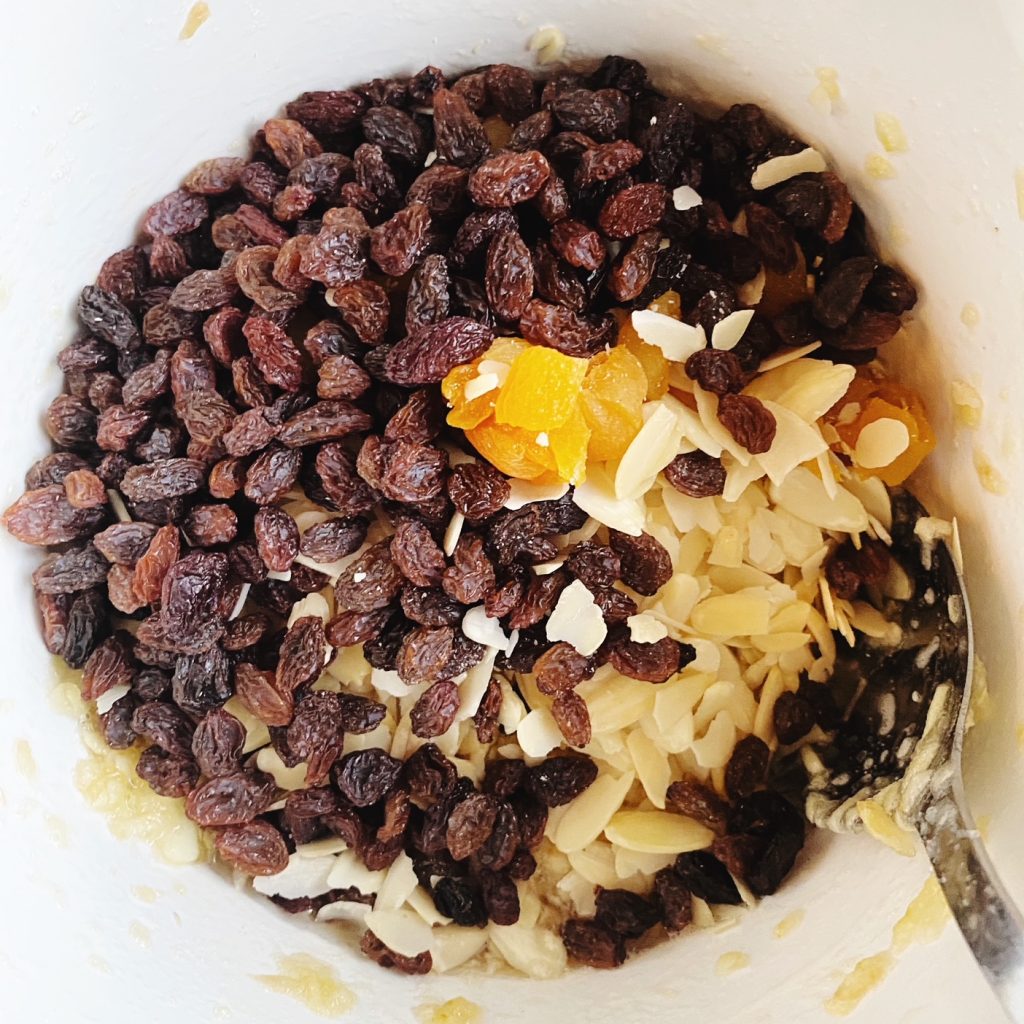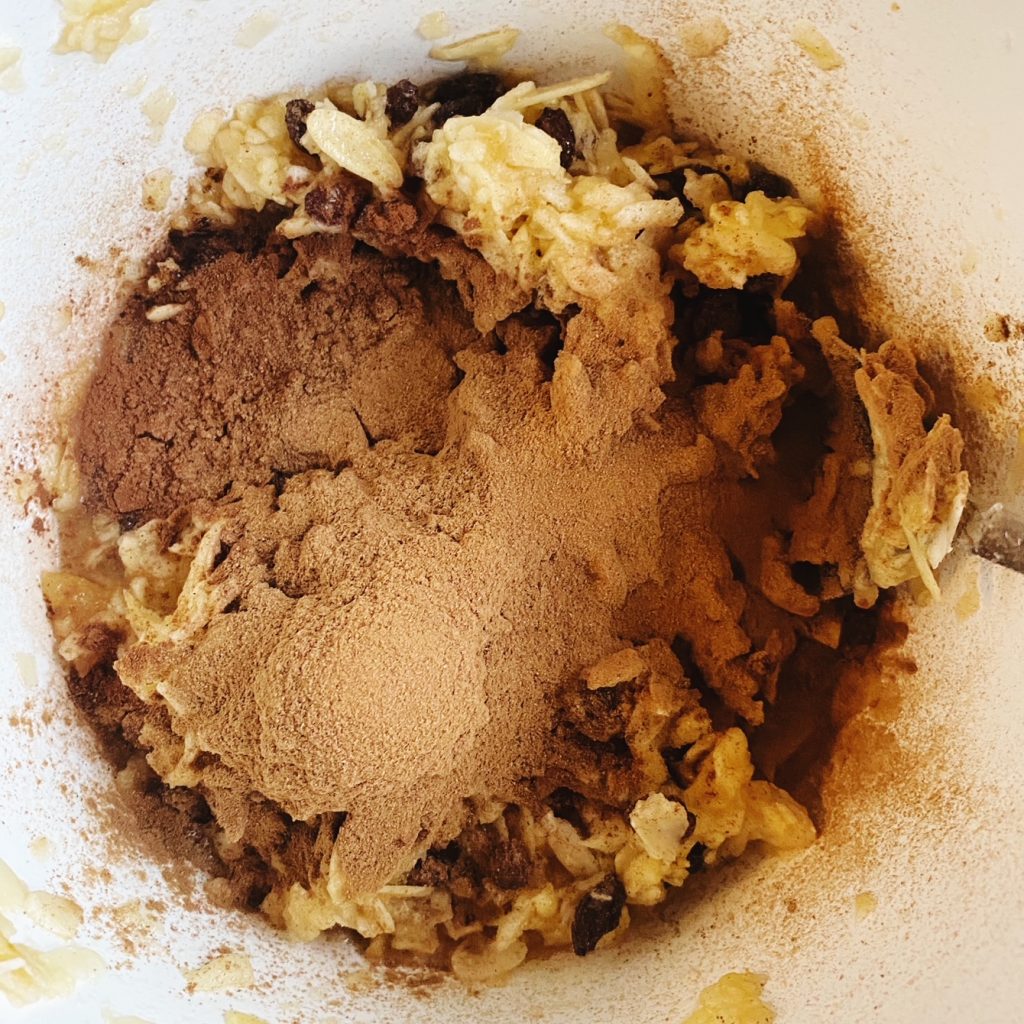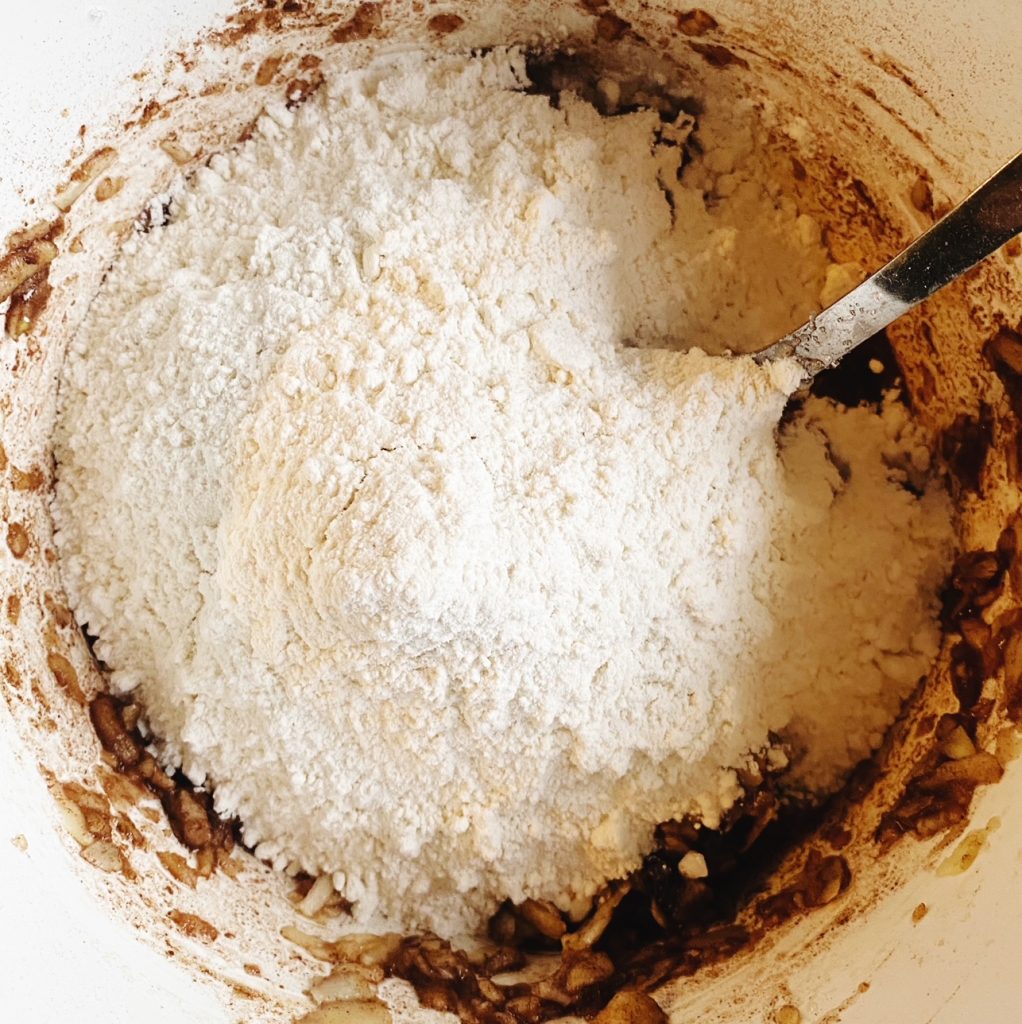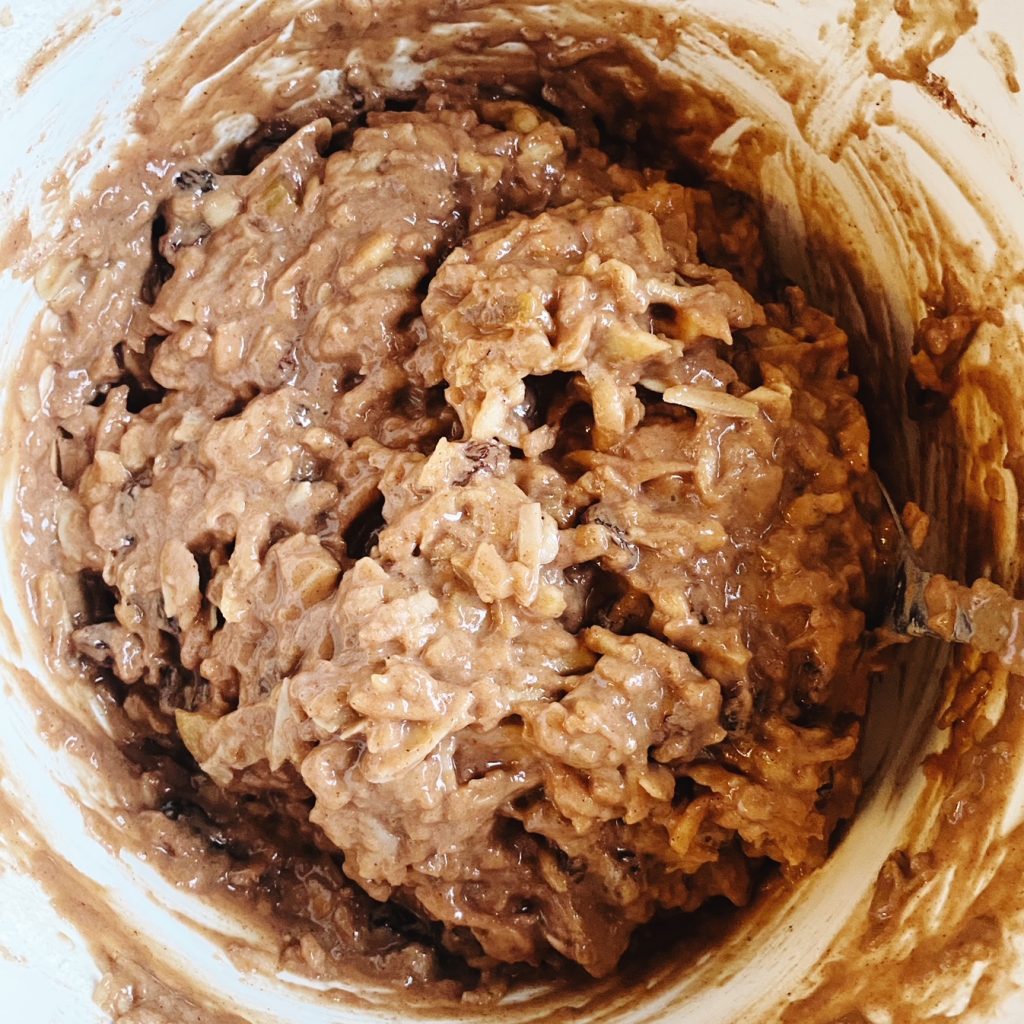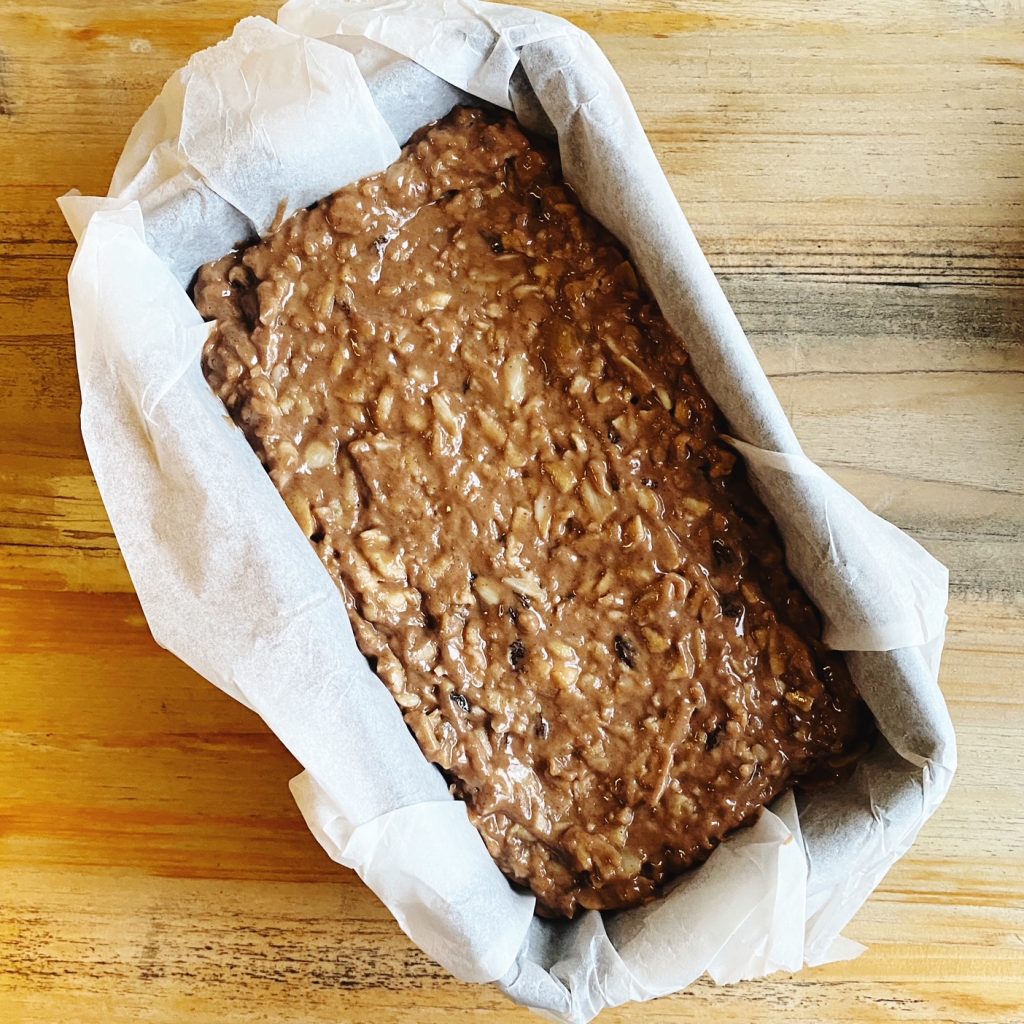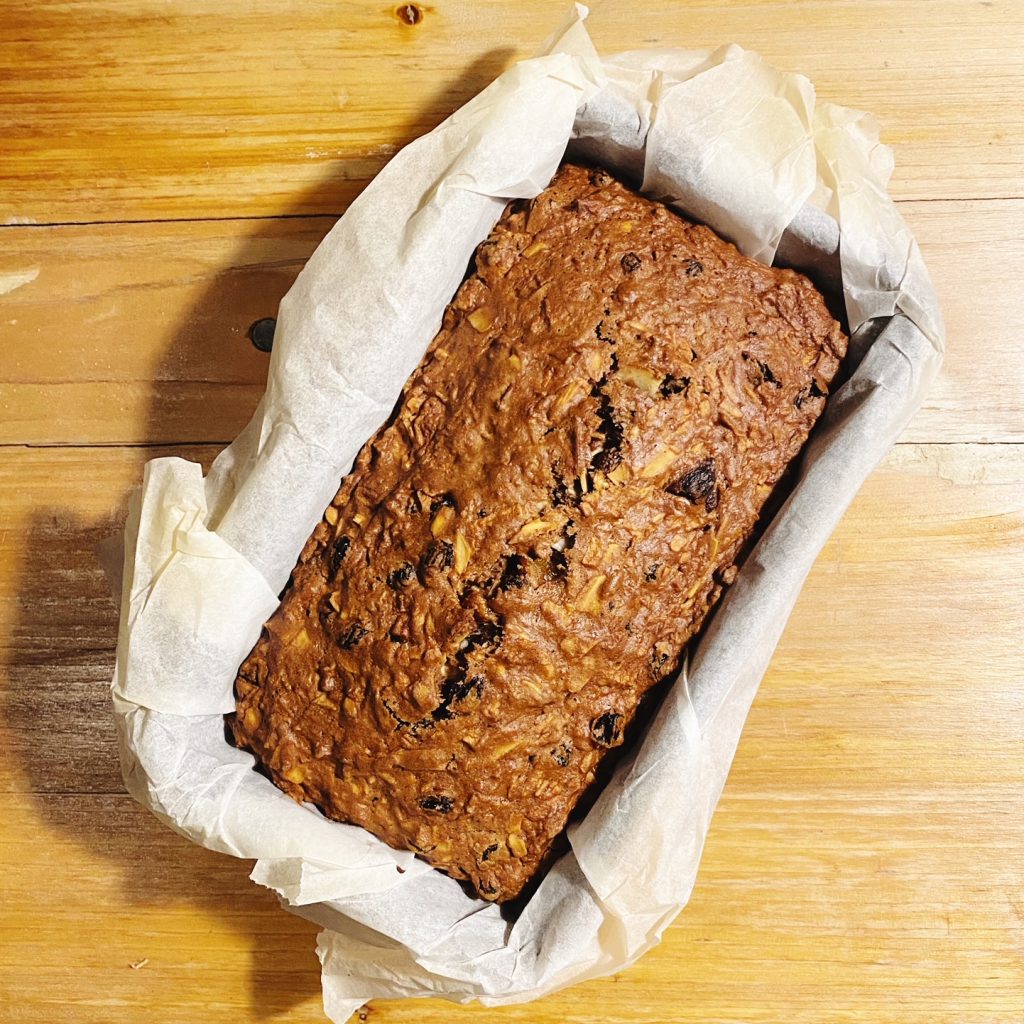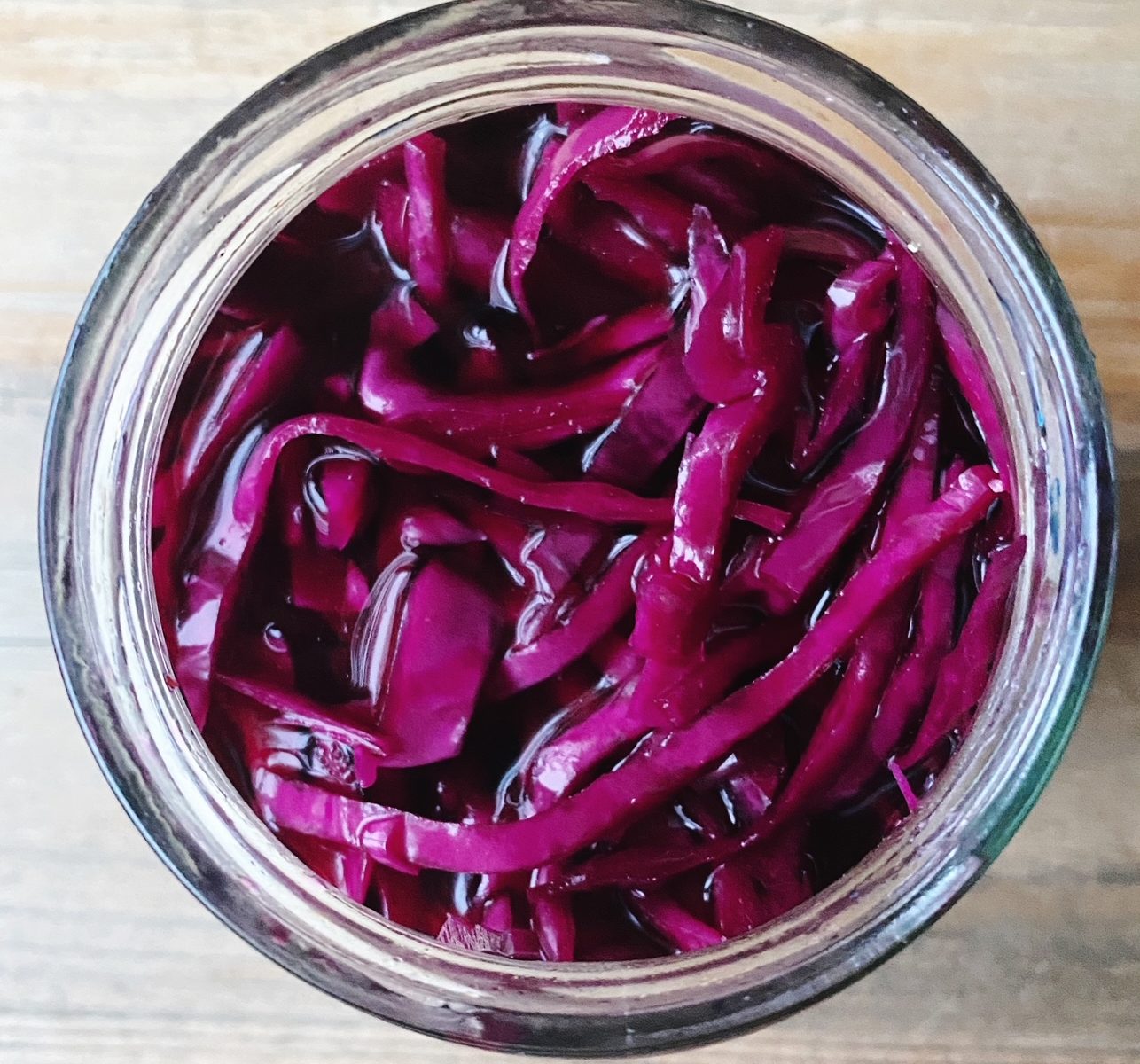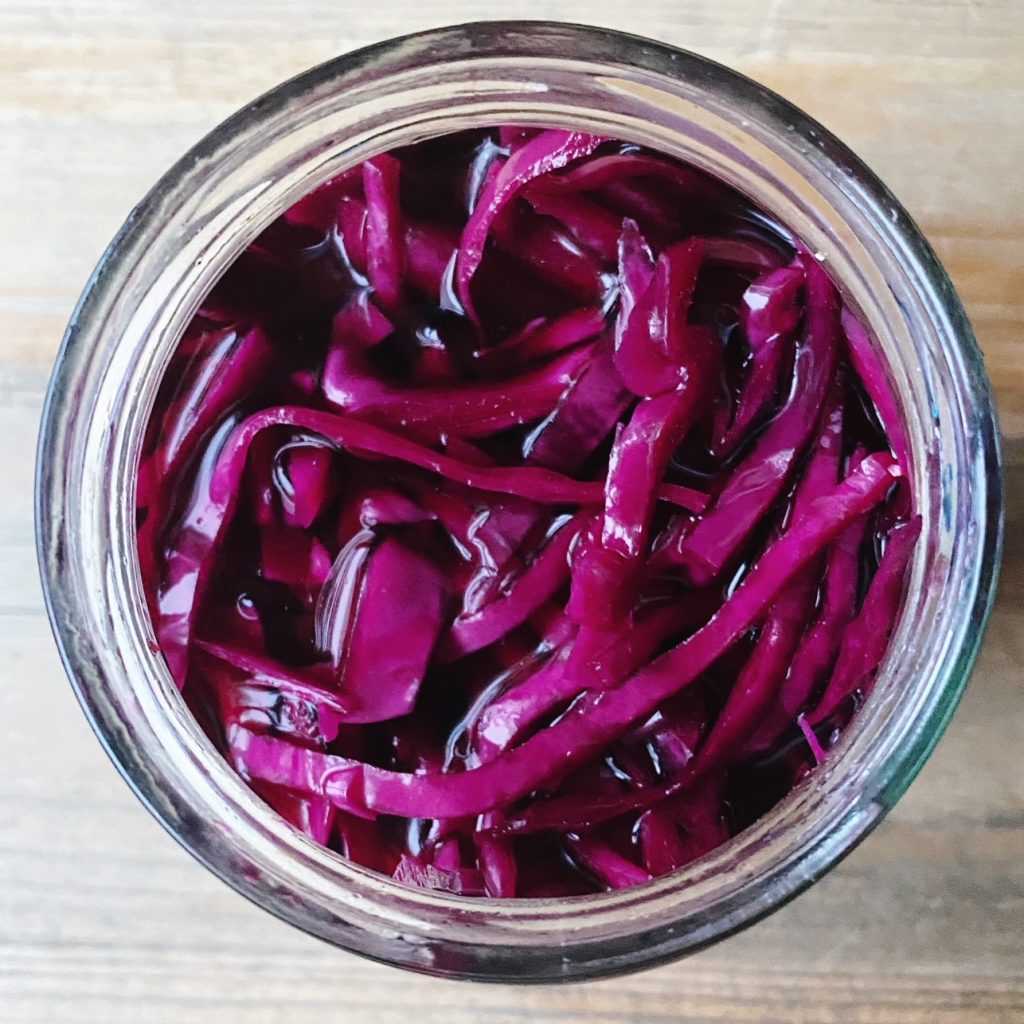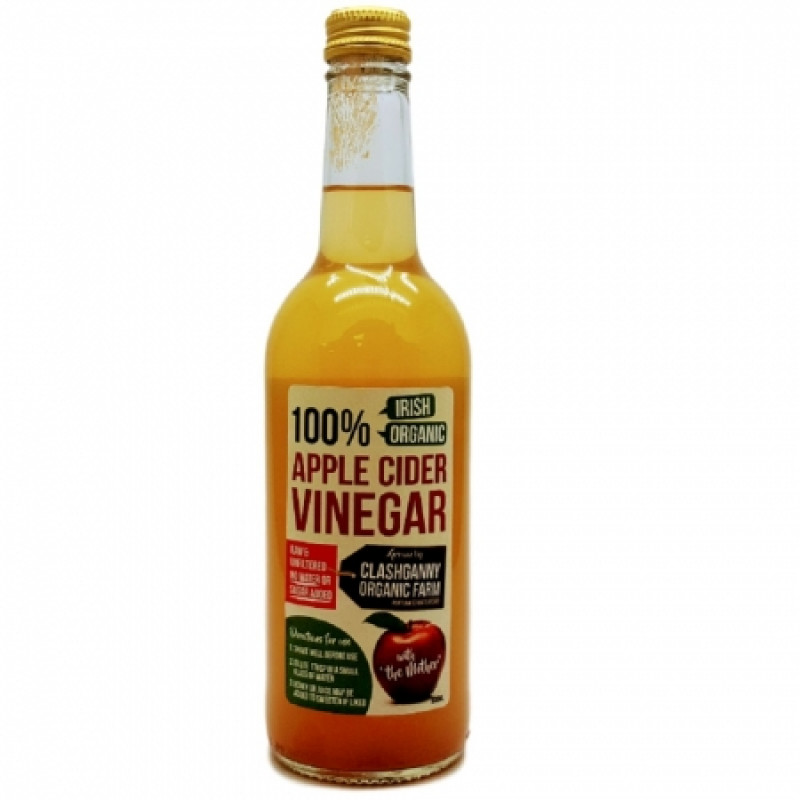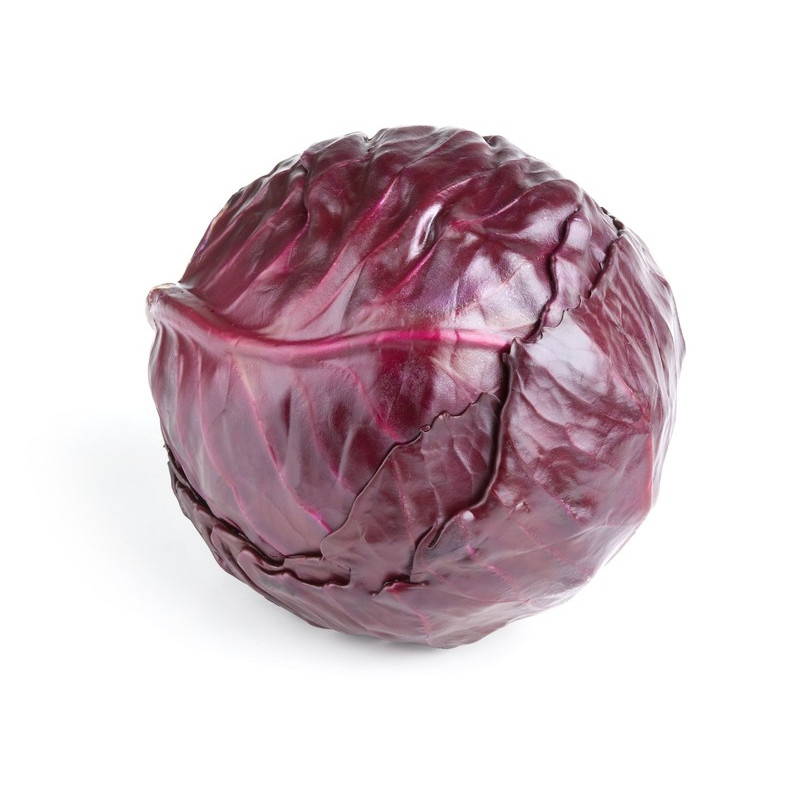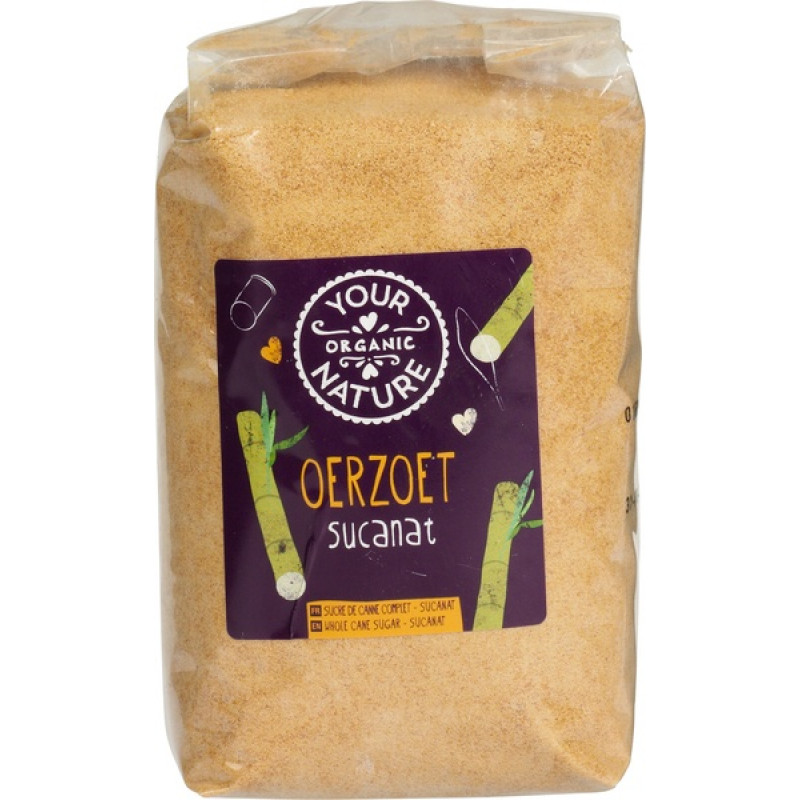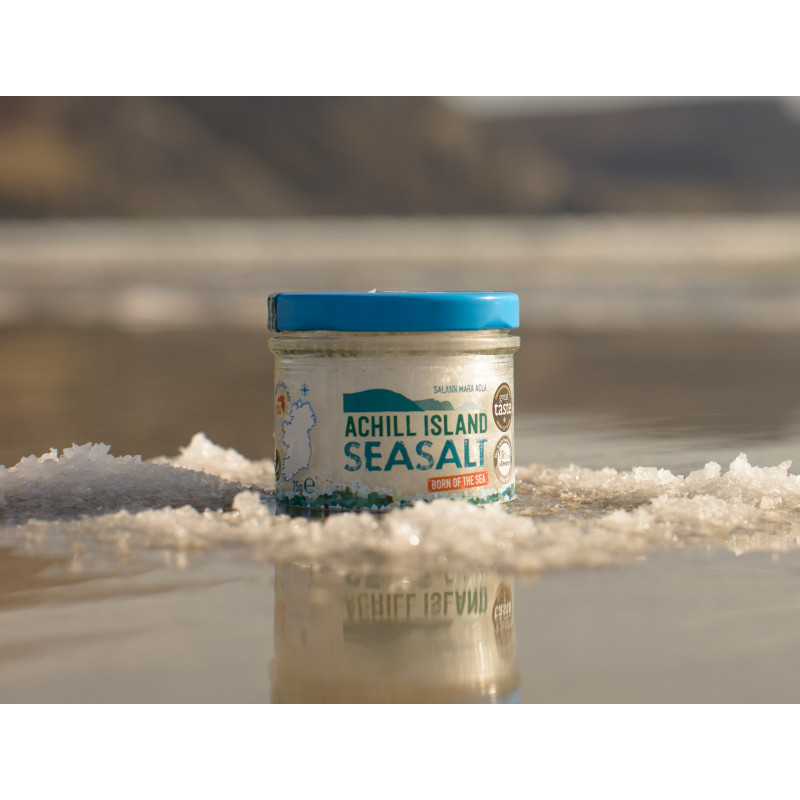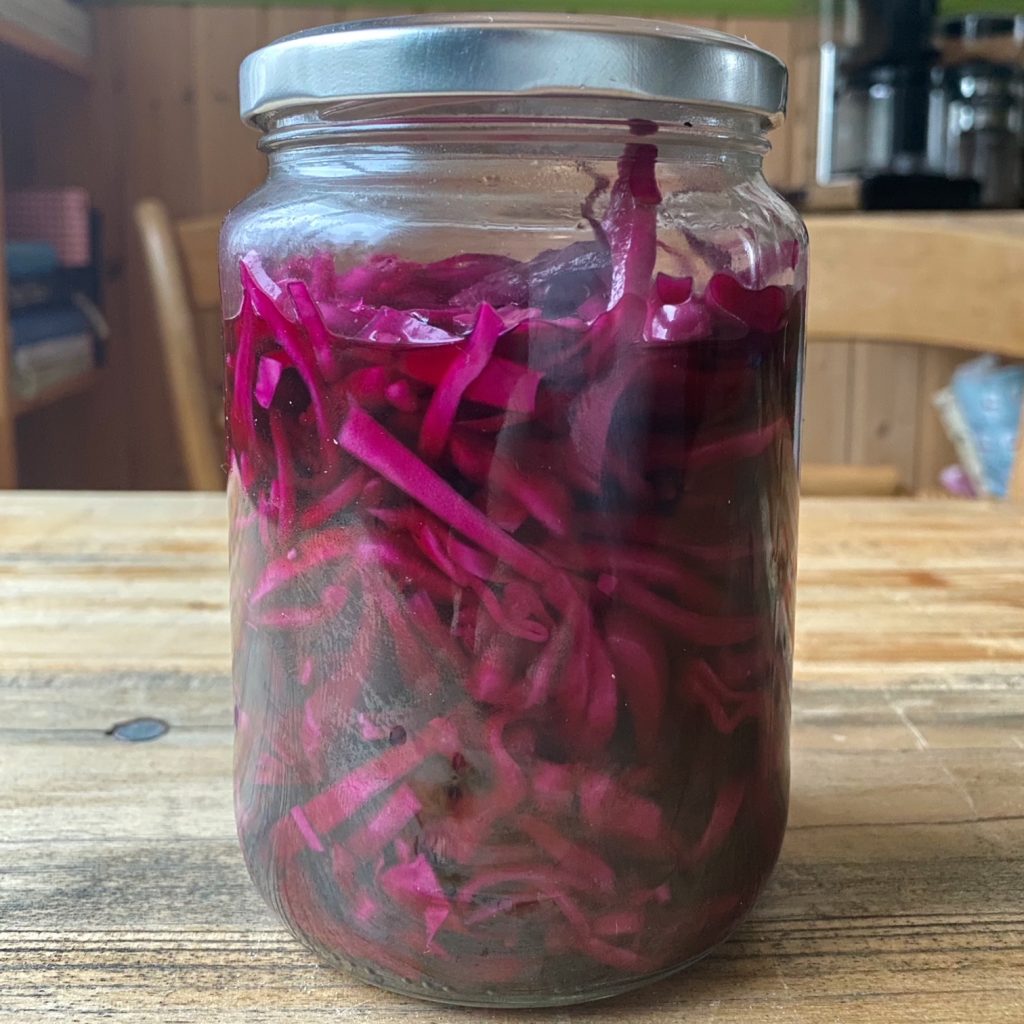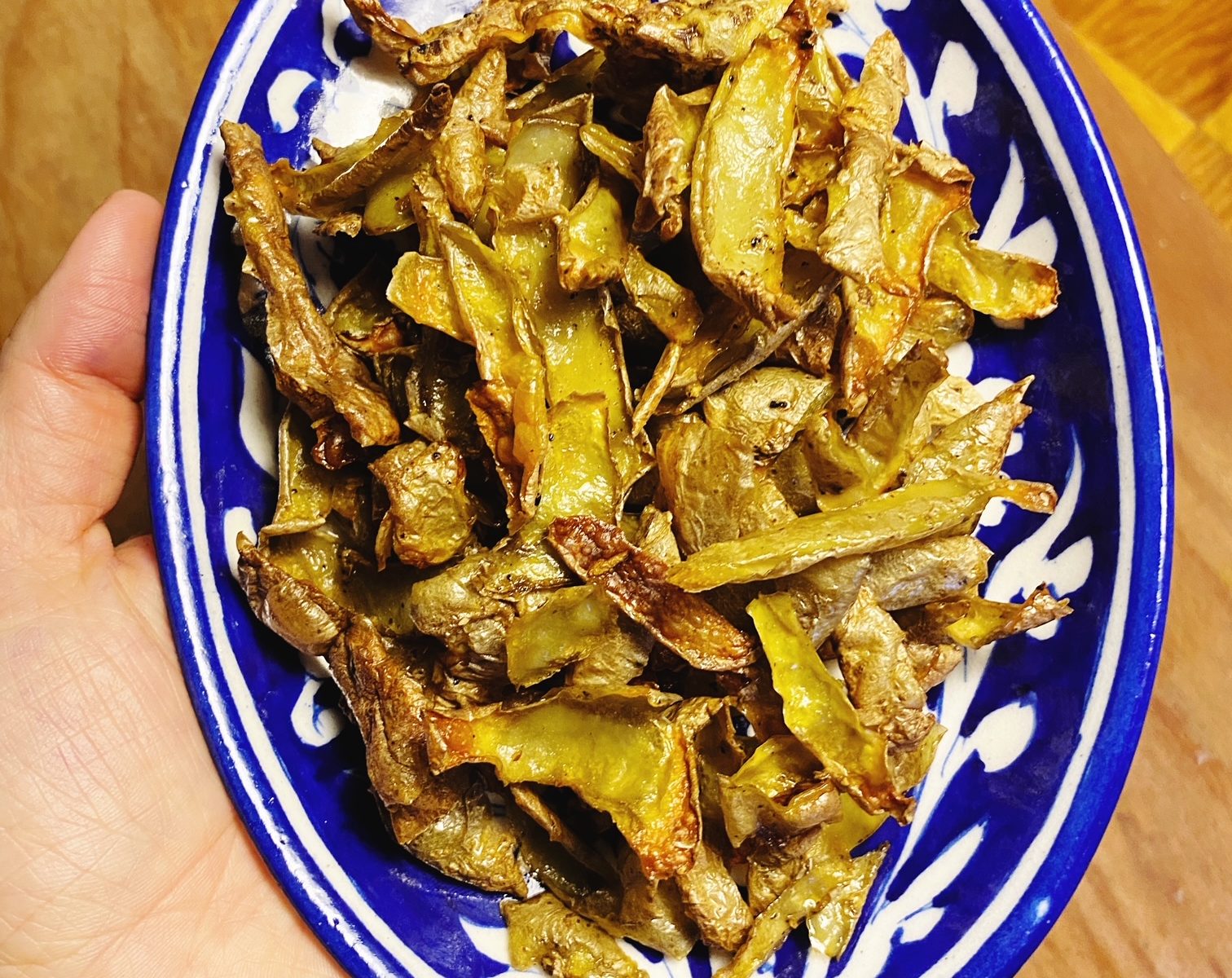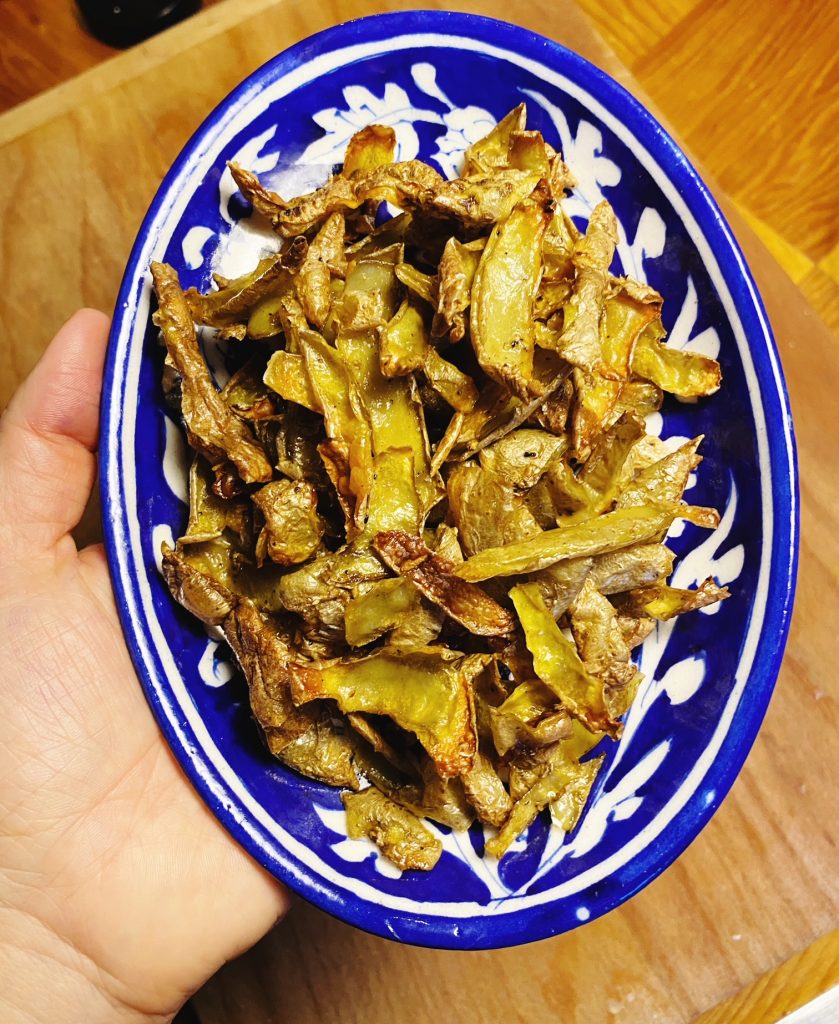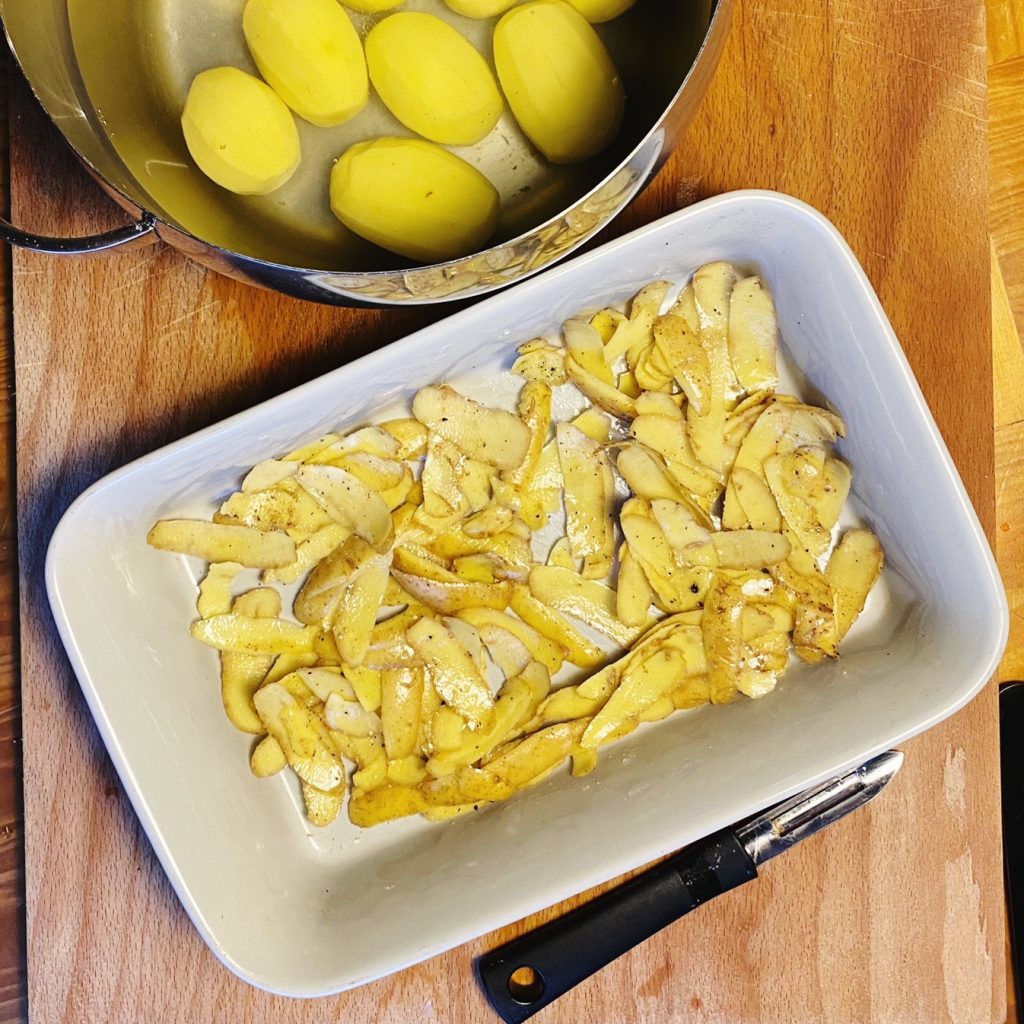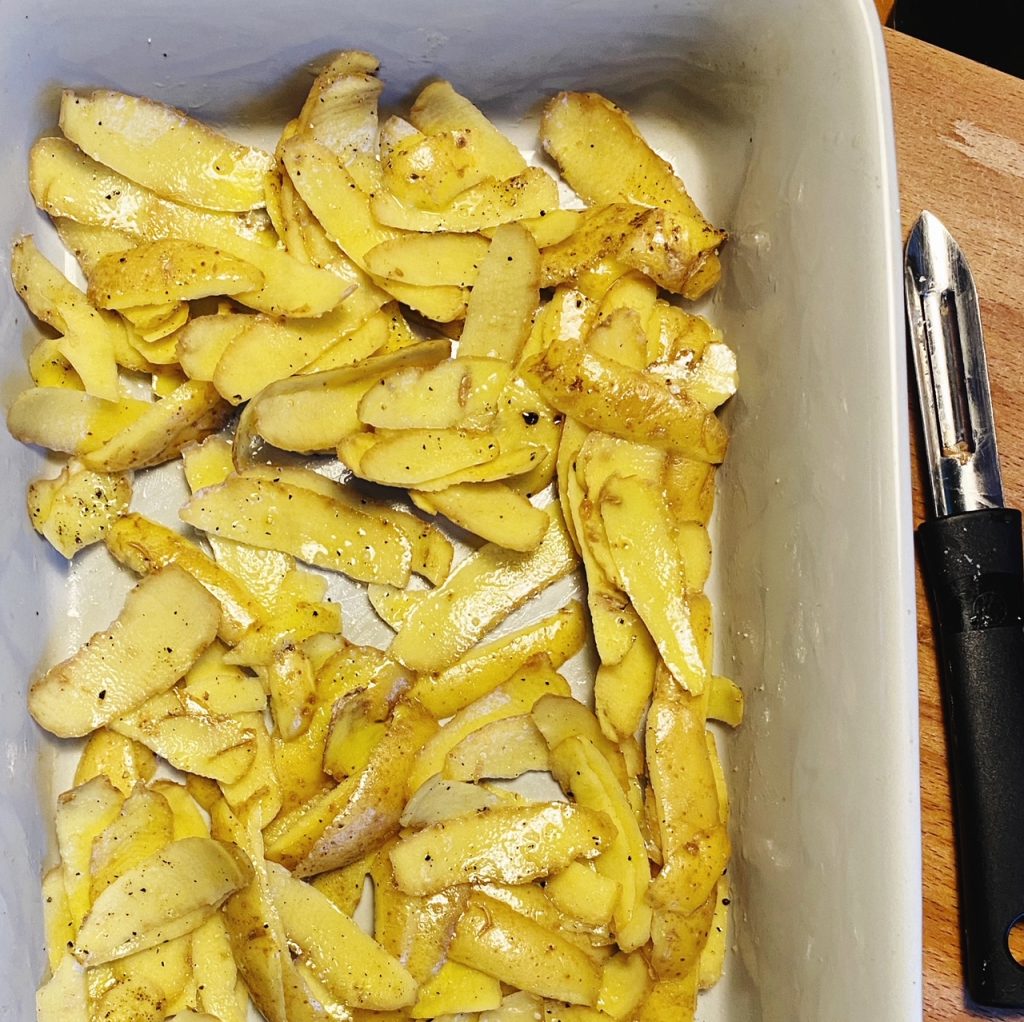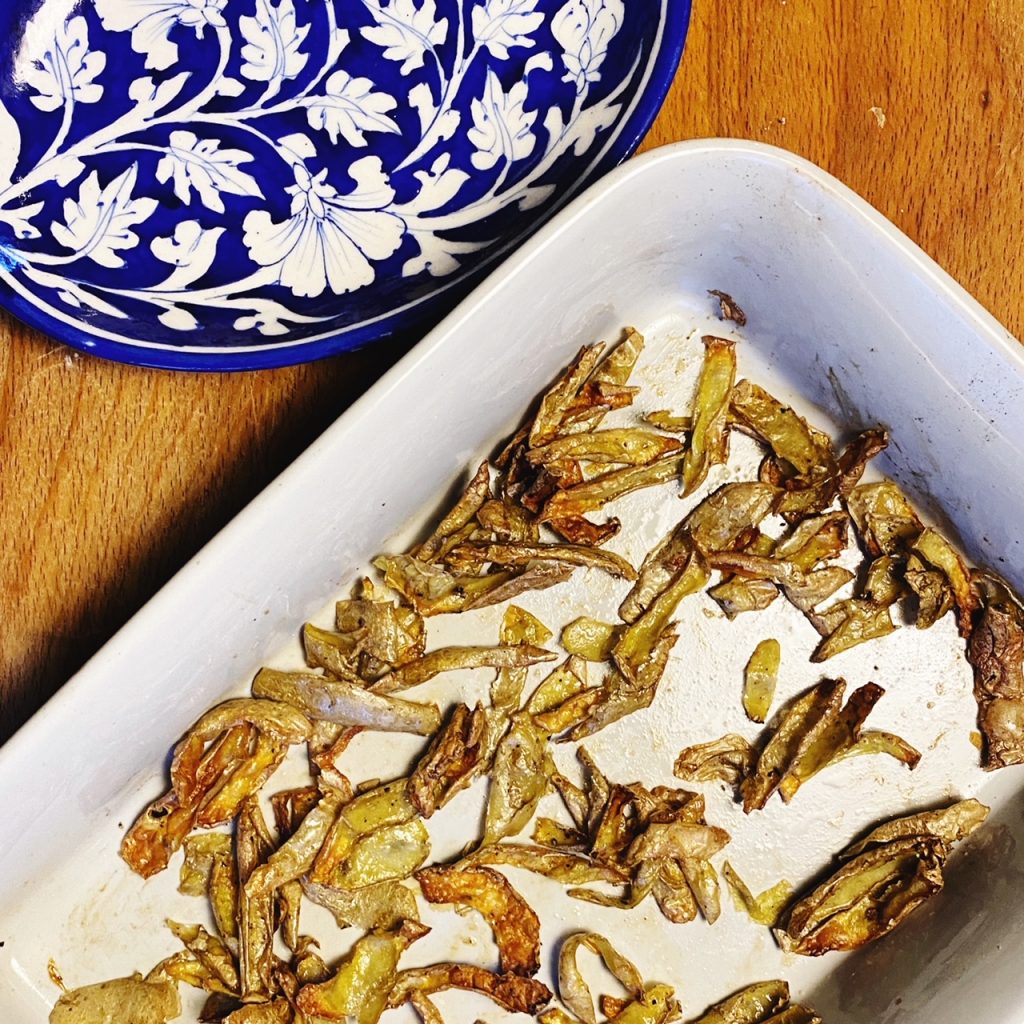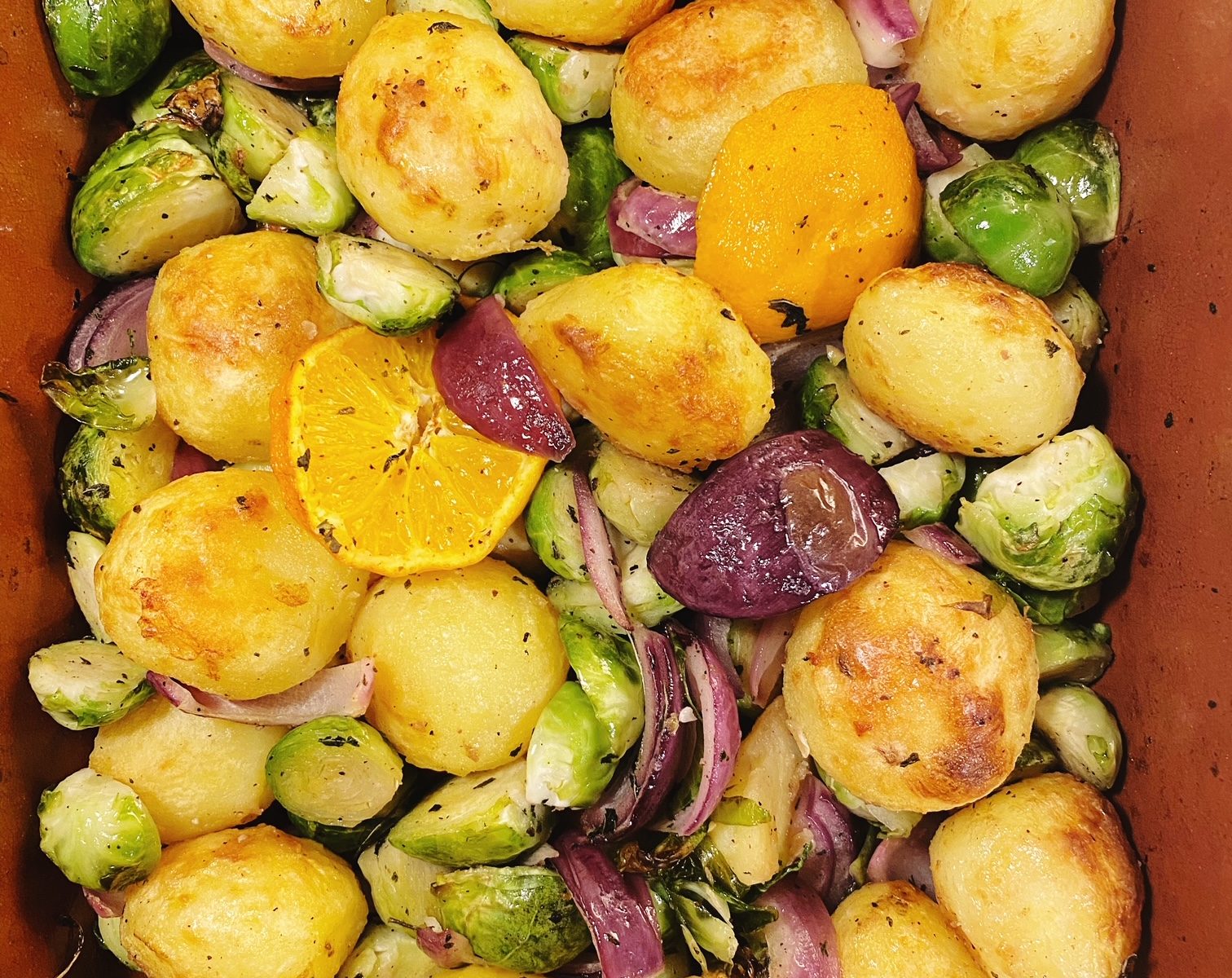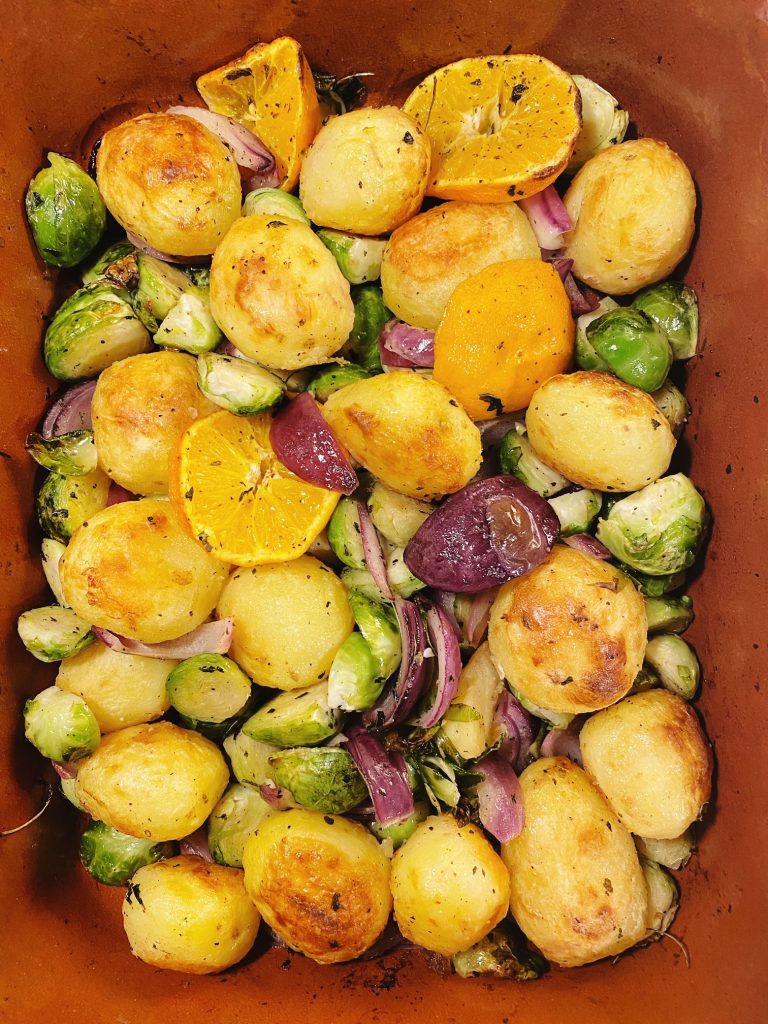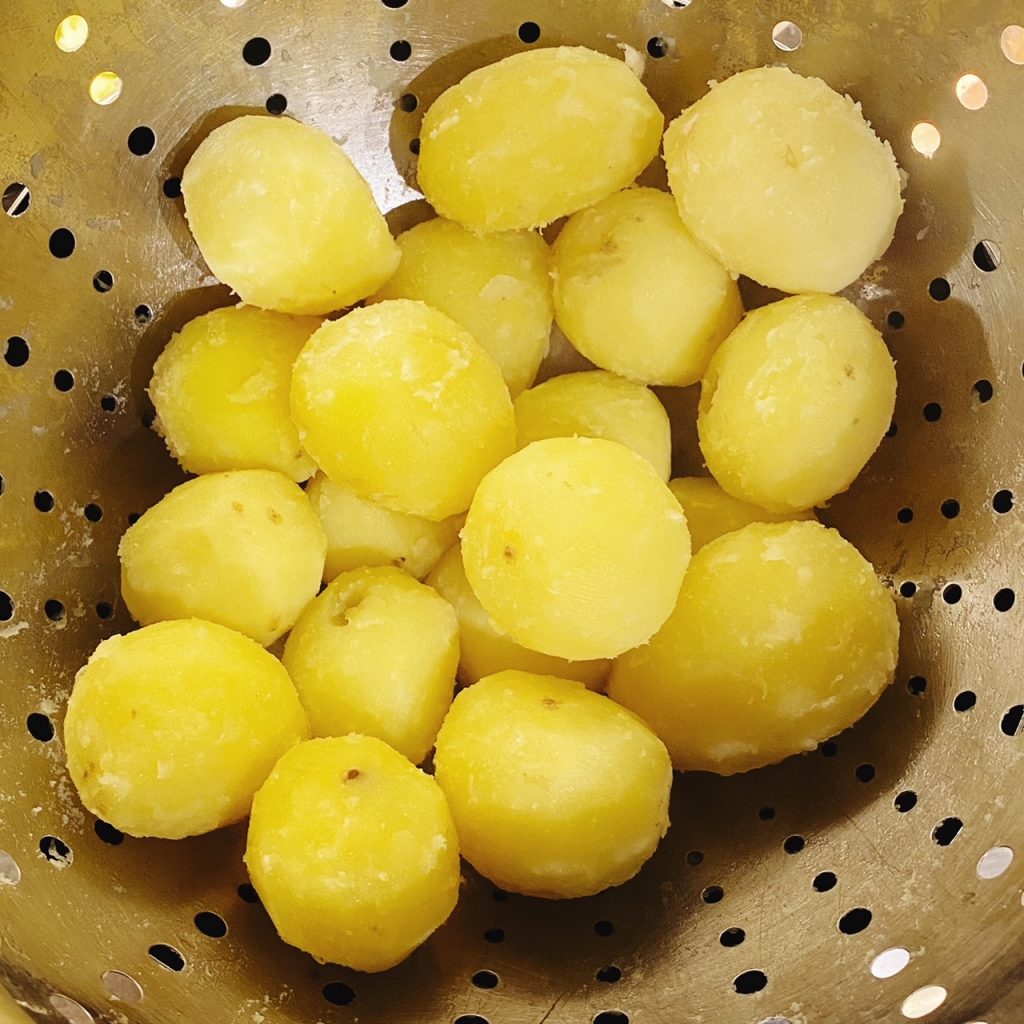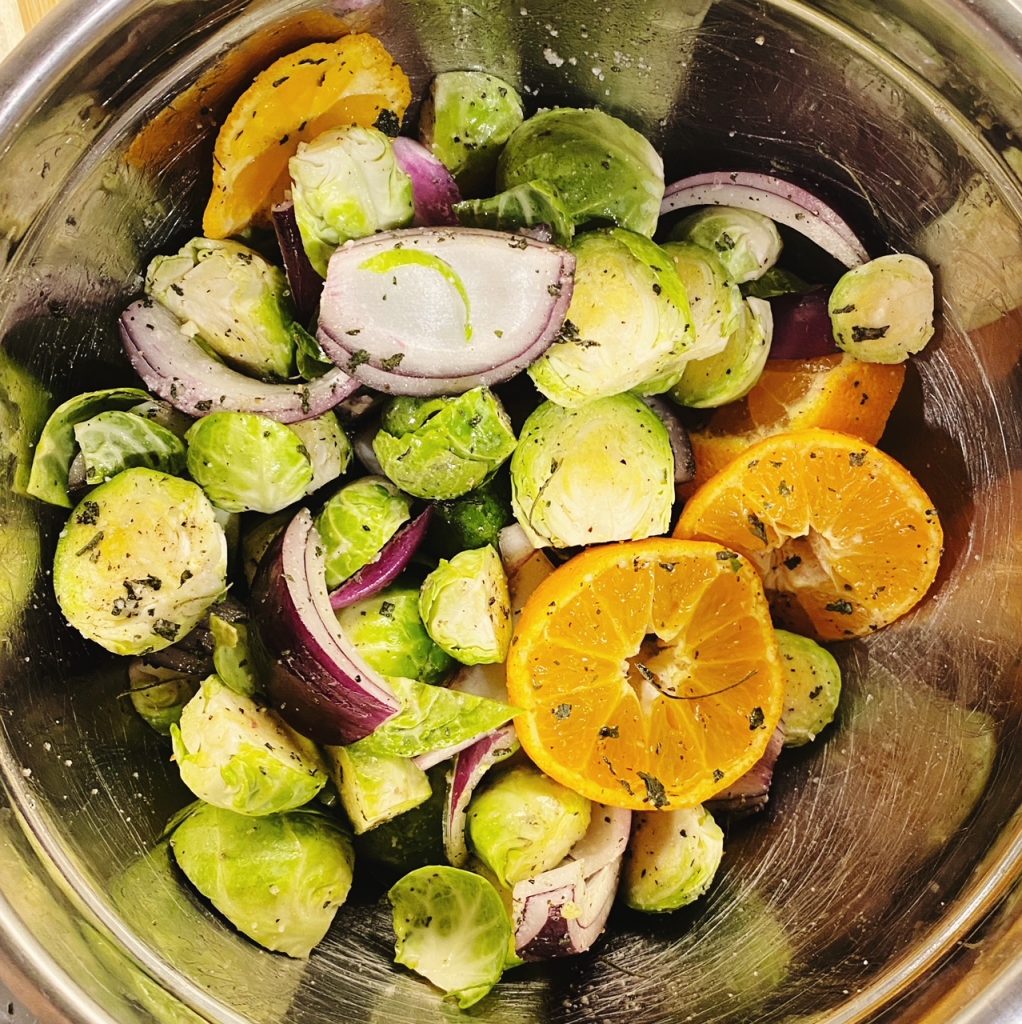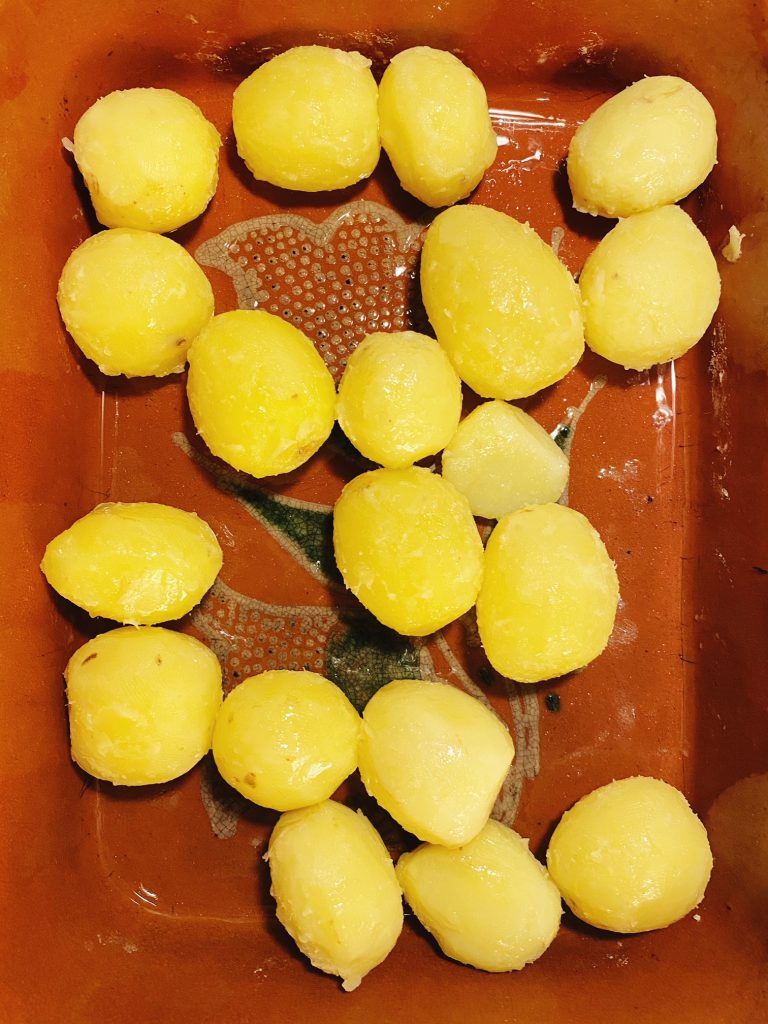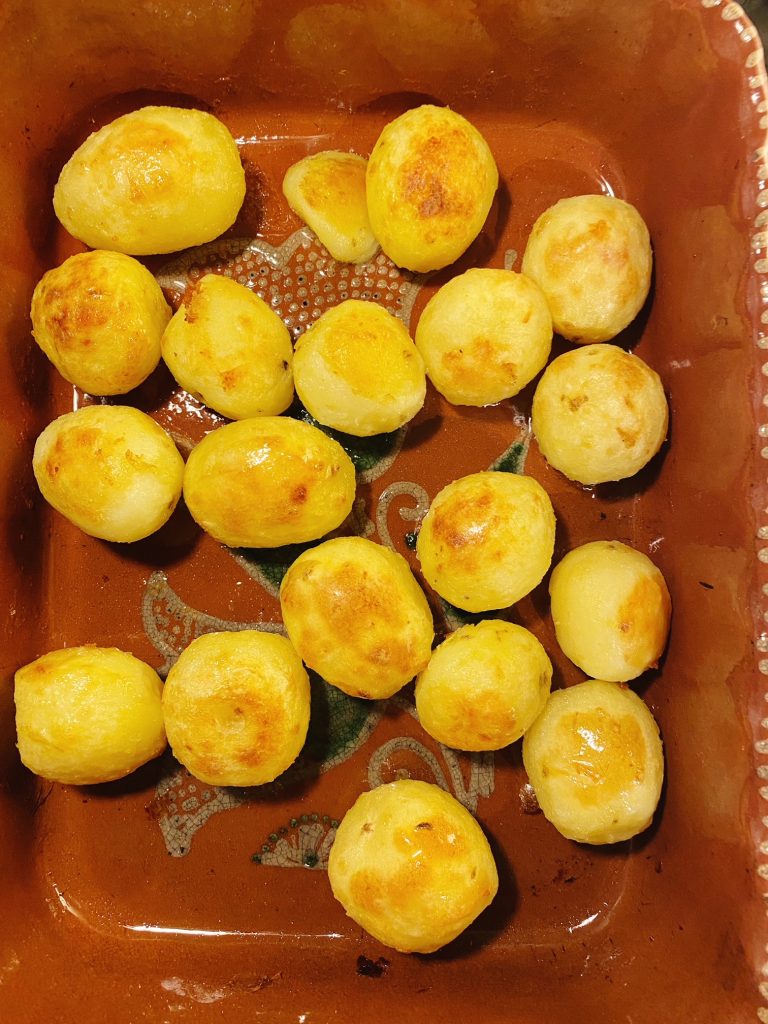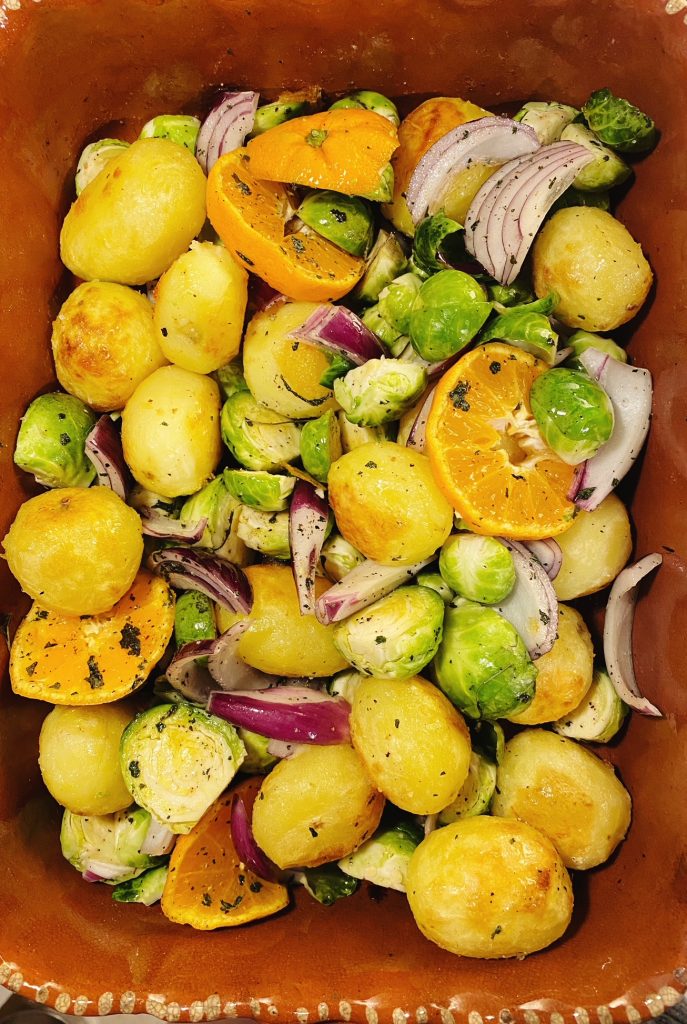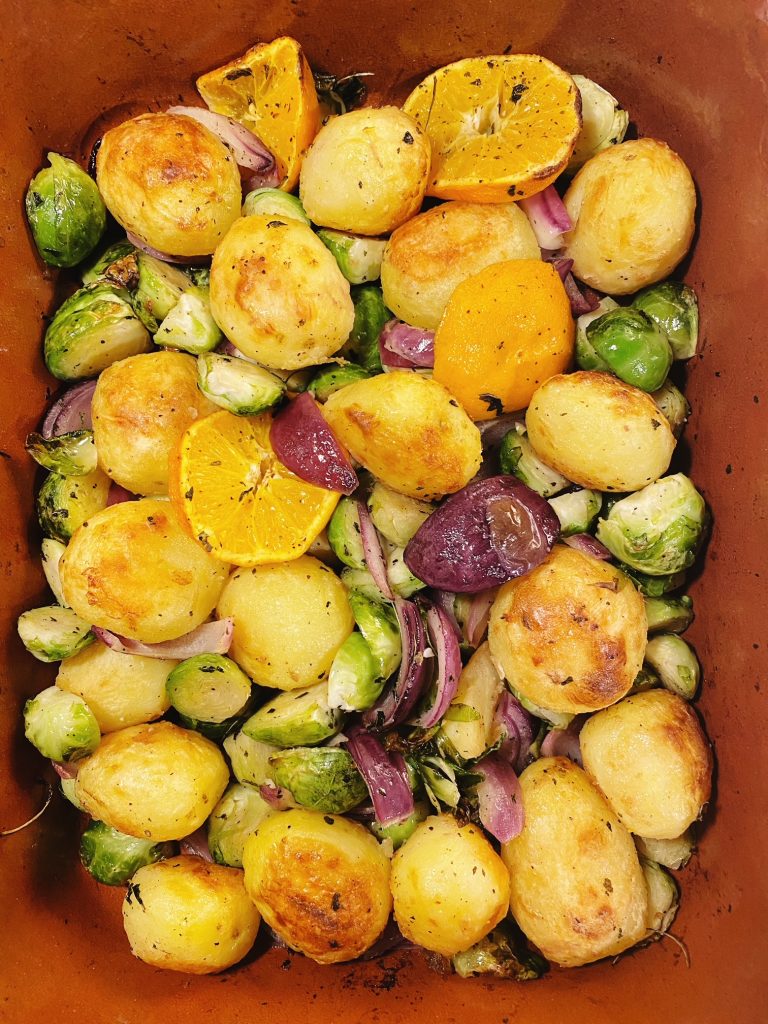It is Gluten Free day on the 13th of January. Check out our gluten free section here.
Coeliac disease affects 1% of the population, however it is estimated that only around 30% of those people are diagnosed. There’s a big difference between people with coeliac disease and people who are gluten intolerant. When a person with coeliac disease ingests gluten, even just a small amount from accidental cross contamination, their immune system will attack its own body’s digestive tissue causing pain and serious problems including the inability to properly absorb nutrients. Whereas, if a person is gluten intolerant, the consumption of gluten will cause short-term bloating and belly pain. Unlike coeliac disease, gluten intolerance doesn’t usually cause long-term harm to the body. Either way, if you are avoiding gluten, perhaps just to try and improve your gut health, here’s a quick summary of what to look out for and some tips. All the images in this post are gluten free, organic products that we stock alongside our fresh produce to make your gluten free journey a little easier.
What is Gluten?
Gluten is a general name for the proteins found in wheat, rye and barley. It acts as a glue and helps foods hold their shape. It’s what makes bread and pasta dough stretchy and bouncy. Luckily there are other natural ingredients which can be used as binding agents in place of gluten. Of course it is not quite the same but yes, you can still eat biscuits, cakes, pasta and breads with a little know-how.
What to Avoid
If you are avoiding gluten, it should be clearly labelled on packaging. But you should know this list of gluten containing ingredients to make sure you know exactly what to avoid.
- Wheat (including spelt, durum, semolina, emmer, farina, farro, graham, einkorn, wheatberries, KAMUT® khorasan wheat)
- Rye
- Barley
- Triticale
- Malt in various forms including: malted barley flour, malted milk or milkshakes, malt extract, malt syrup, malt flavoring, malt vinegar
- Brewer’s Yeast
- Regular Oats (although oats are technically gluten free, they are usually cross contaminated in fields and factories with wheat so look for gluten free oats!)
What To Eat
The good news is that if you are avoiding gluten there are loads of things you CAN eat! So let’s focus on those.
- Fruits
- Vegetables
- Nuts and Seeds
- Beans and Lentils
- Certain Grains and Flours (including buckwheat and buckwheat flour, corn and it’s flours eg cornstarch and polenta, potato and it’s flour, rice and rice flour, amaranth, quinoa, millet, tapioca…oats, when labelled gluten free are fine too…)
You just need to avoid gluten which is found in certain grains and flours. Generic oats usually have been cross contaminated with wheat in the fields, whereas gluten free oats are grown carefully to avoid cross contamination and processed away from gluten containing products. This explains why gluten free oats are a little more expensive than regular oats.
Easy Alternatives
Ready made gluten free products are getting better and better. We stock a range of gluten free pastas, bread and even pizza dough in our shop. We also have gluten free oats available. Unfortunately a lot of ready made gluten free products contain lots of strange ingredients to help bind things together and imitate wheat gluten, so we recommend always reading the label, or looking into ways to make your own alternatives. We try to source the best, organic and natural products to make your choices easy. If you are avoiding eggs, be extra careful to read the labels as a lot of ready made gluten free products contain eggs to help things bind together.
Make your own
We stock many of the raw ingredients necessary to create your own gluten free alternatives. Research tried and tested gluten free recipes online and please do share your successes (and failures) with our supportive community facebook group here. There are loads of gluten free recipes, or recipes which can be tweaked to be made gluten free on our recipe blog here. In fact most of the recipes are naturally gluten free! Do you have any top tips on being gluten free? Do share them in the comments.


